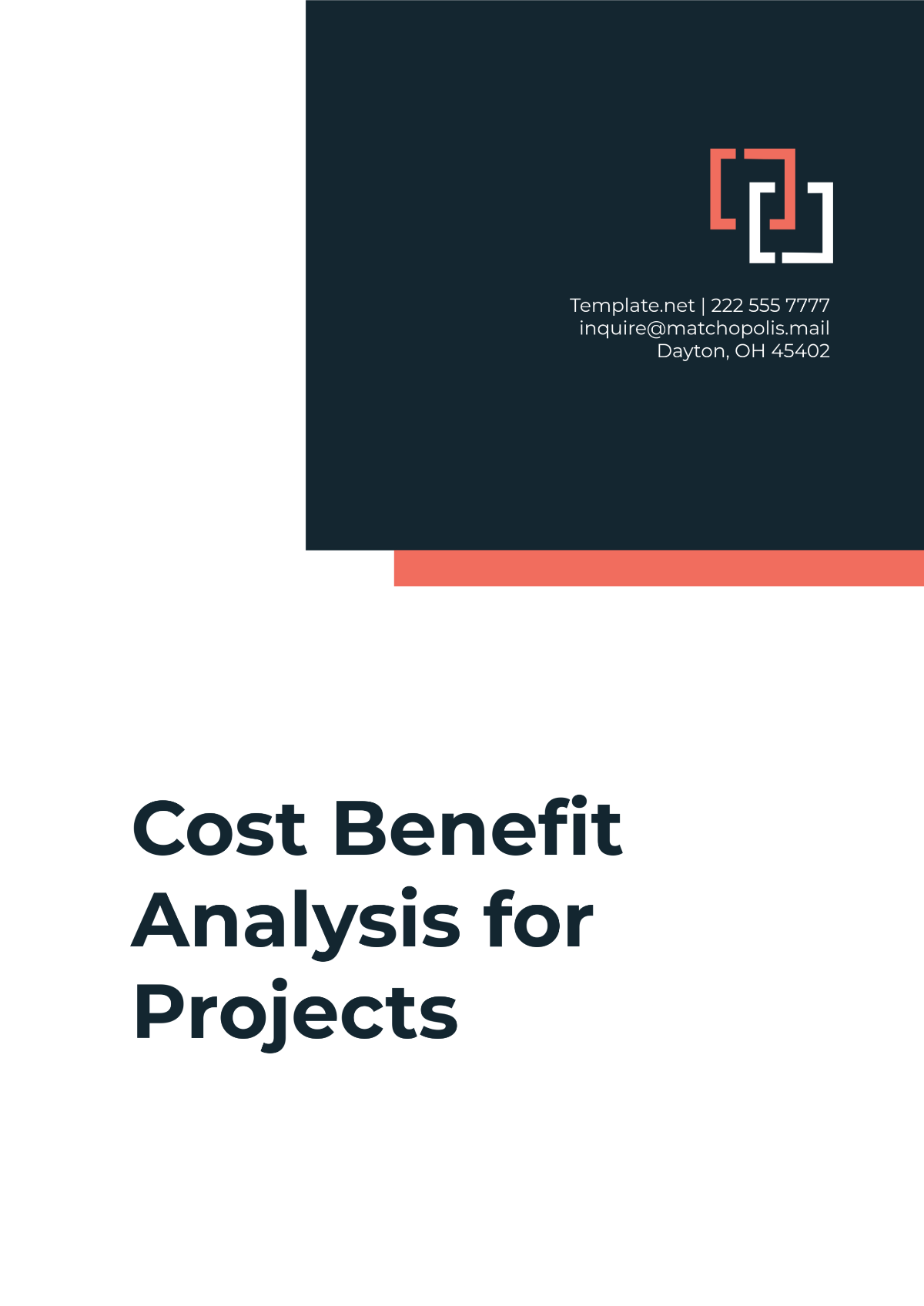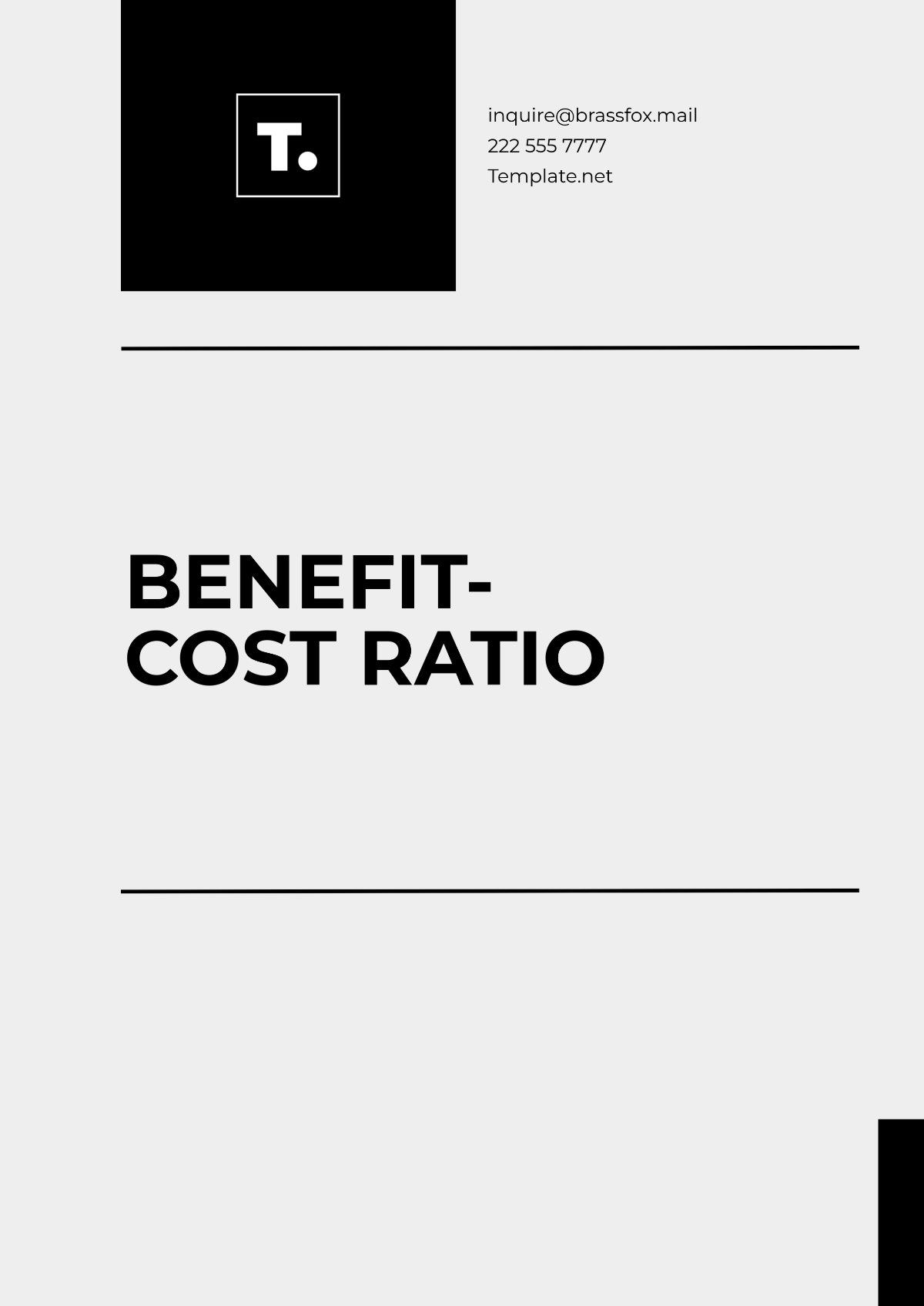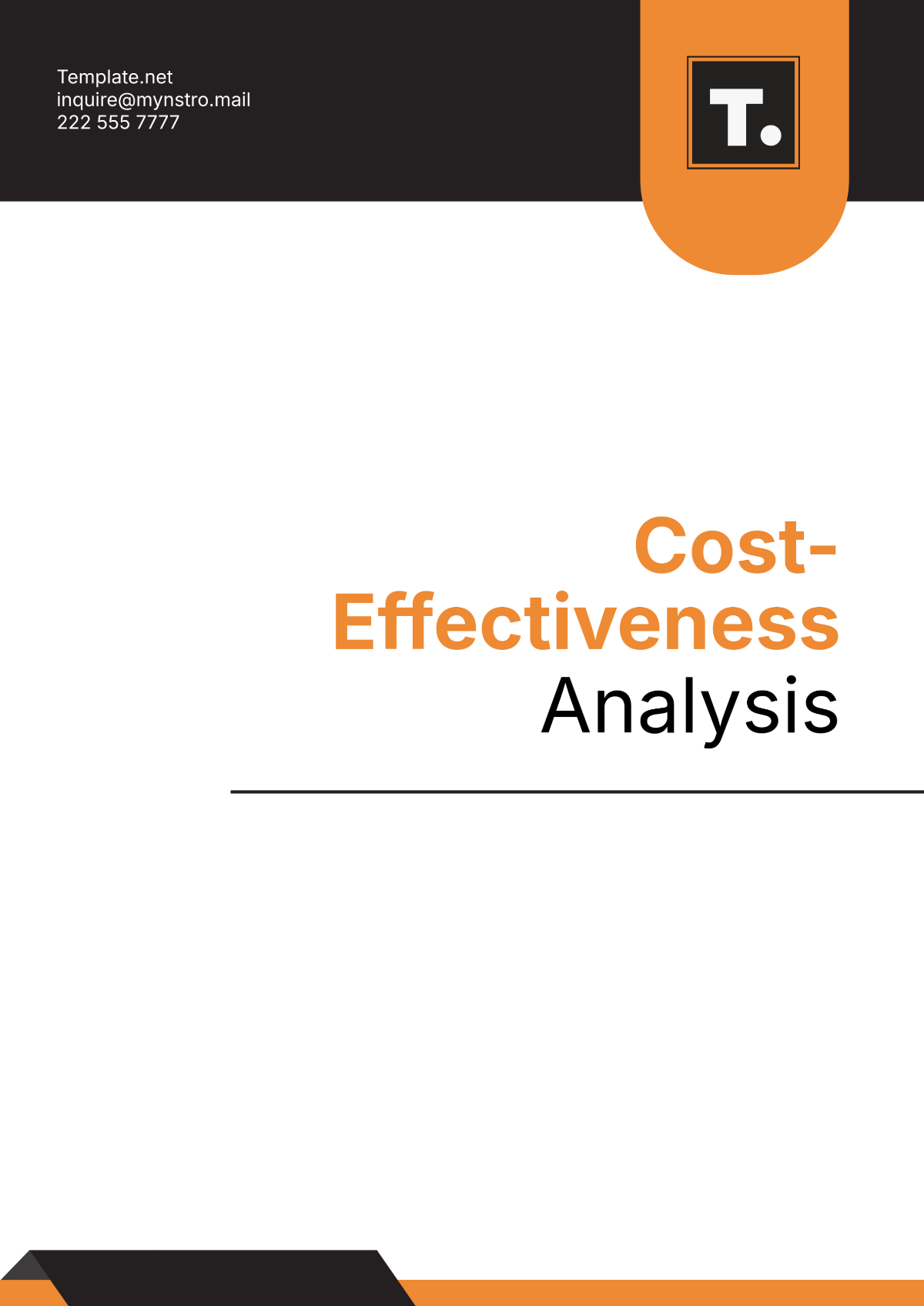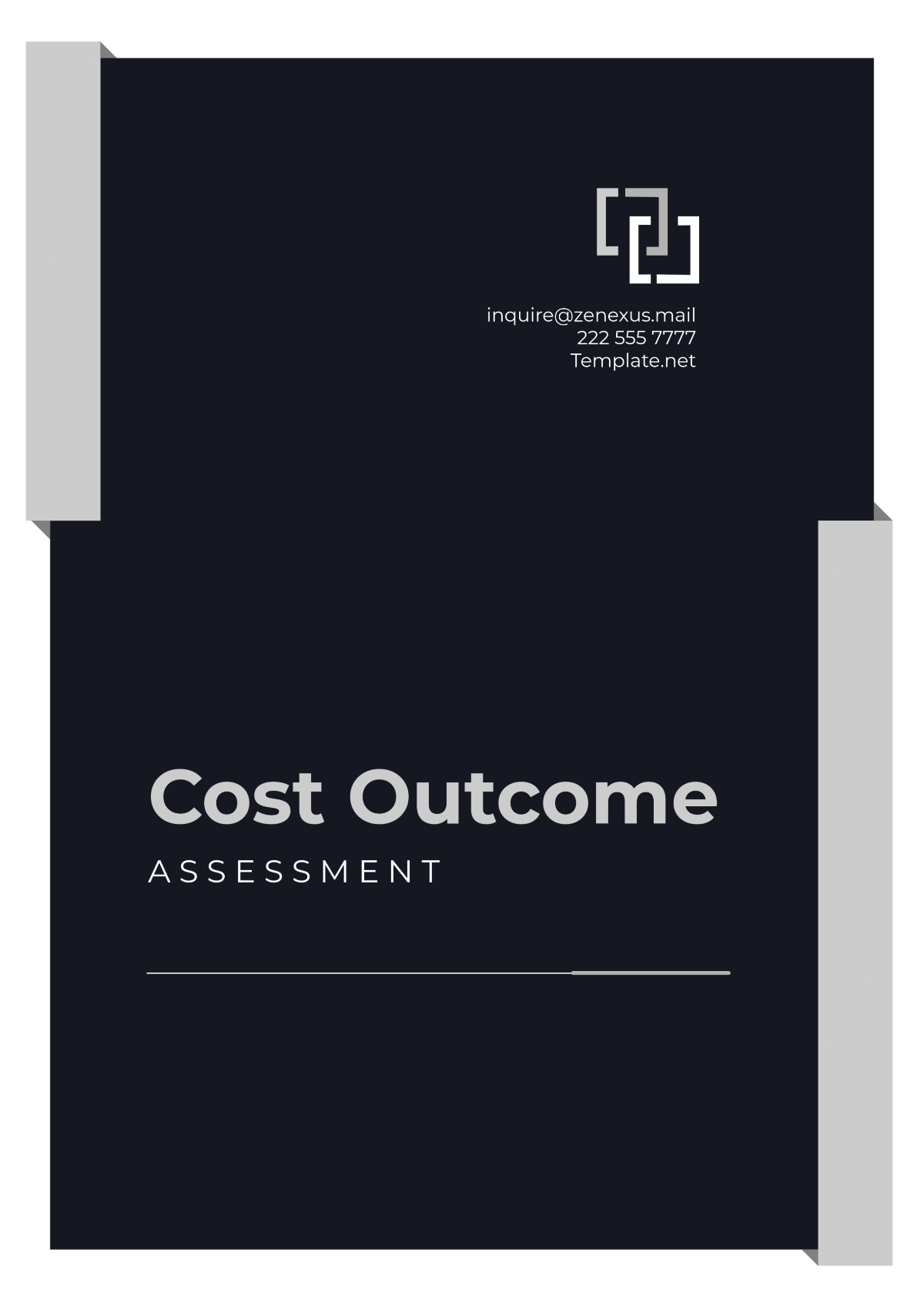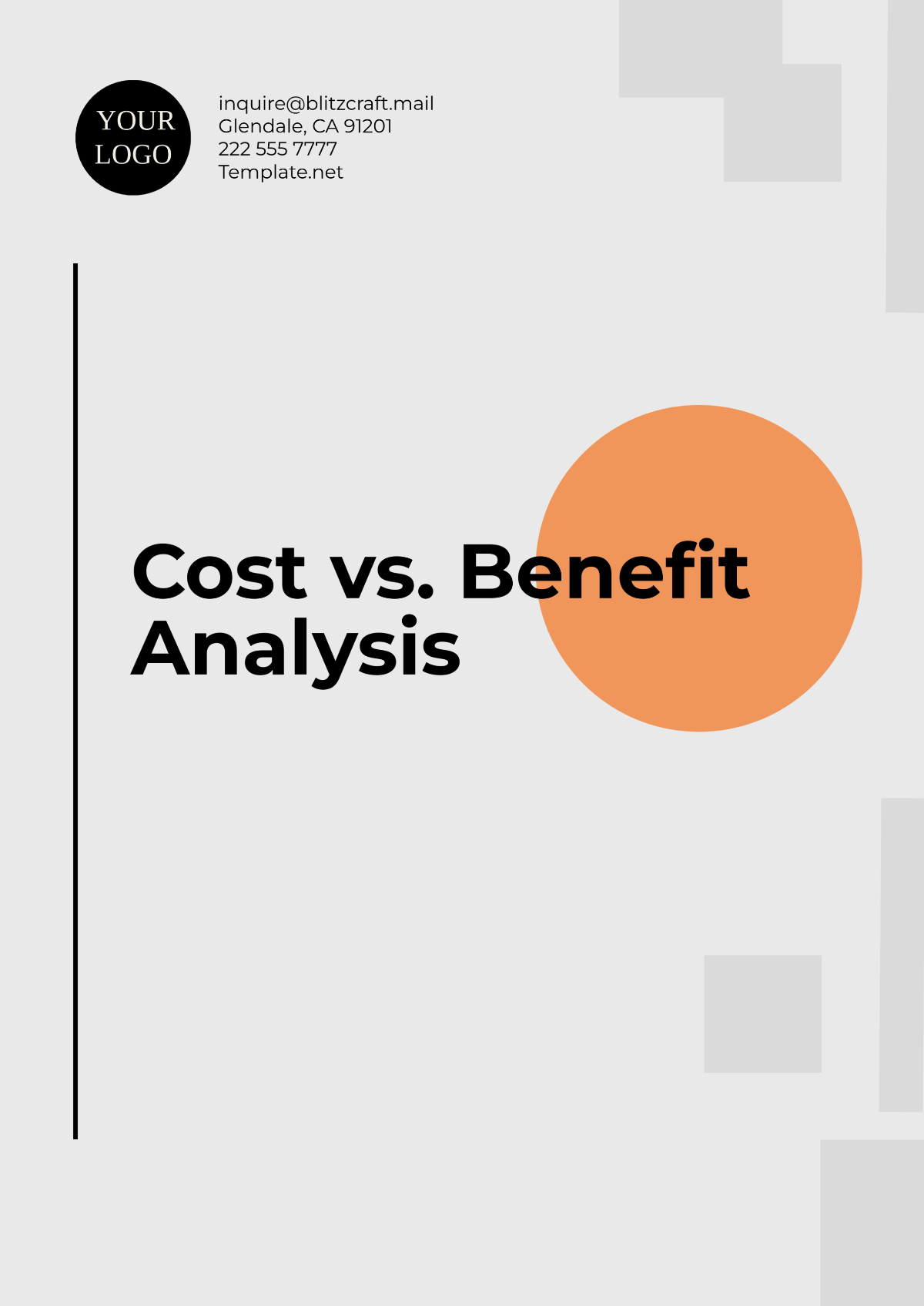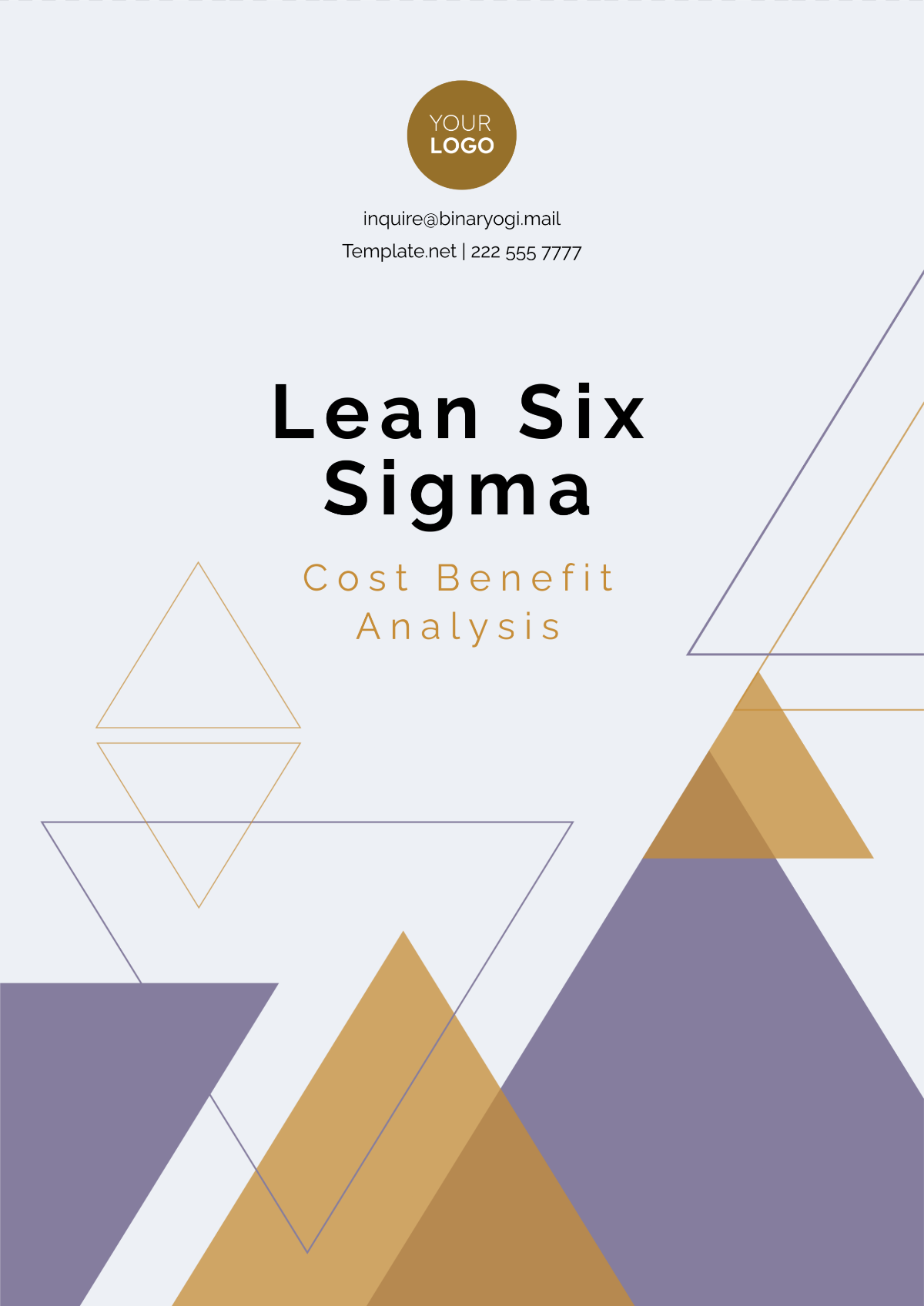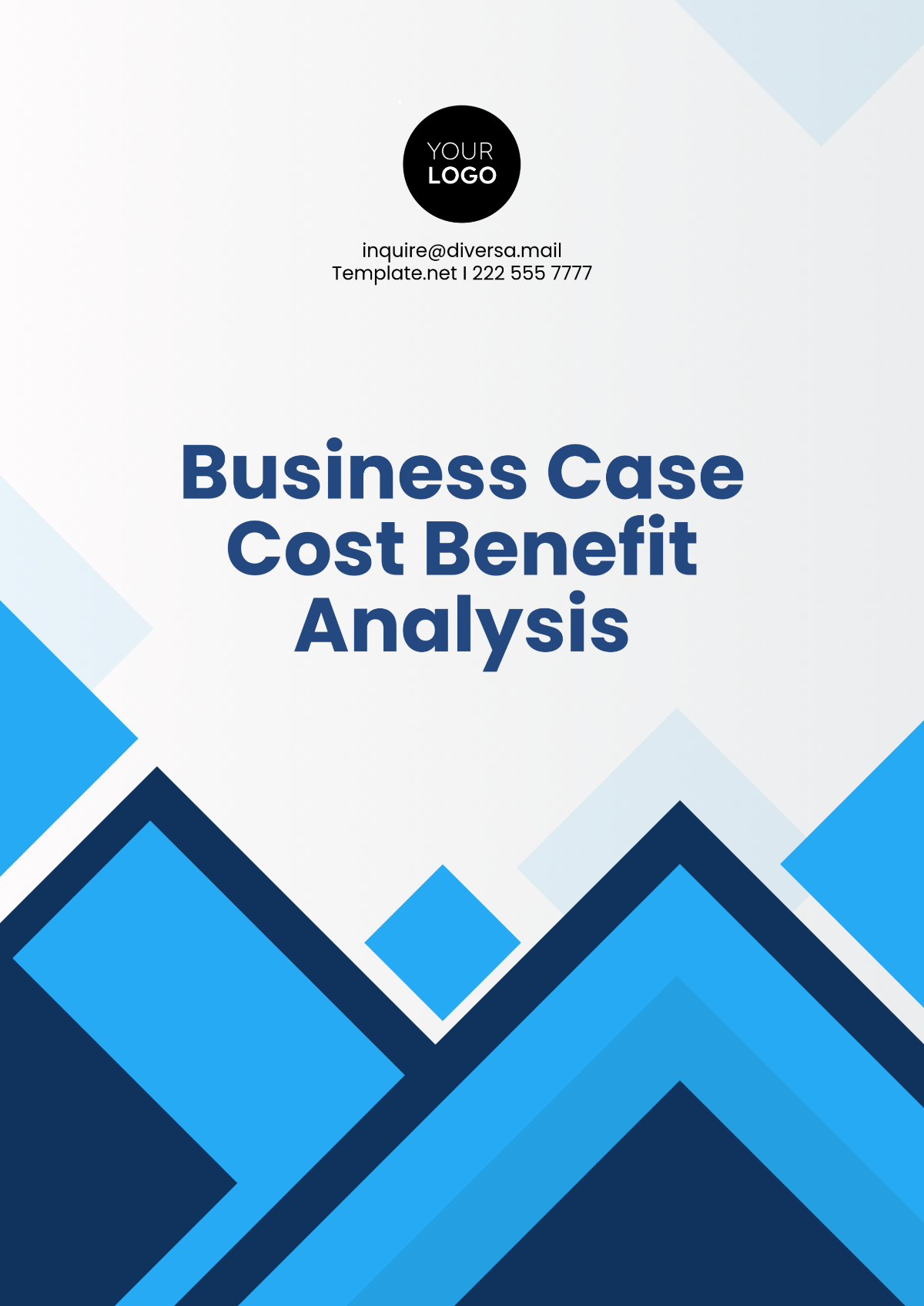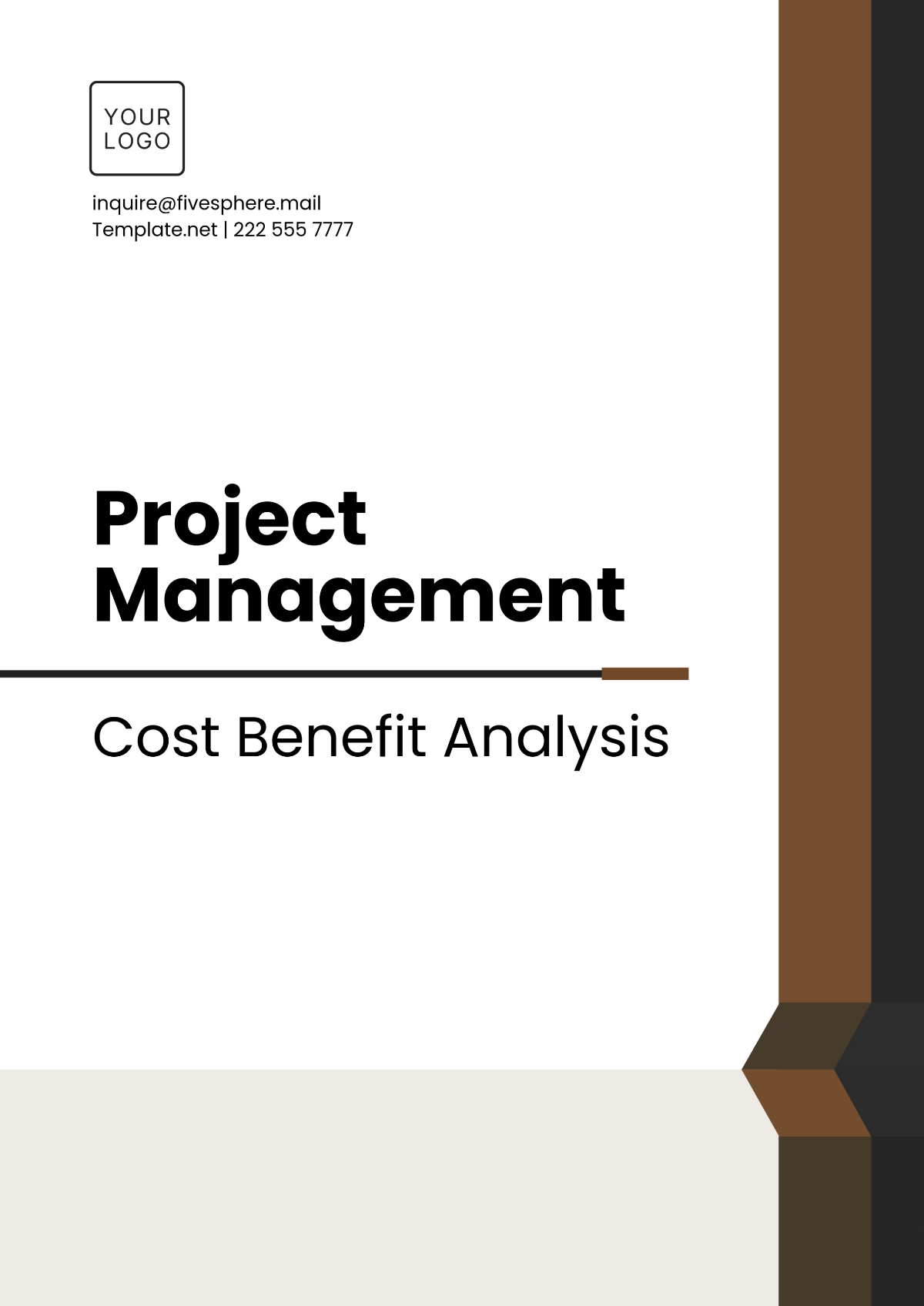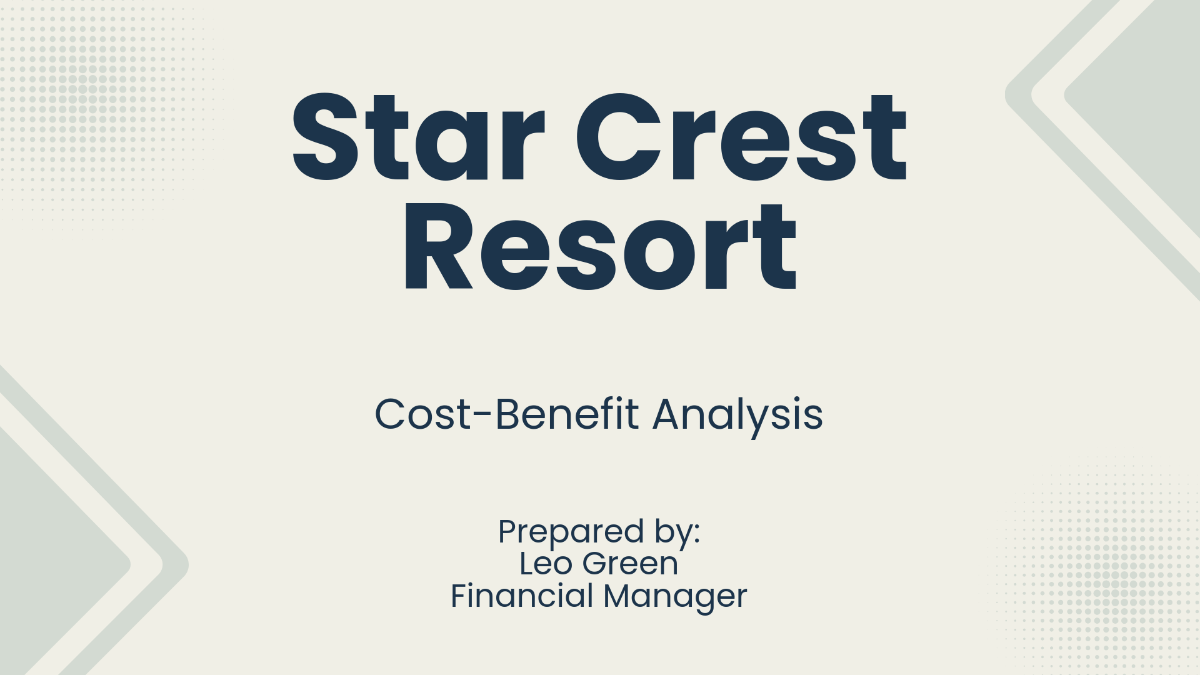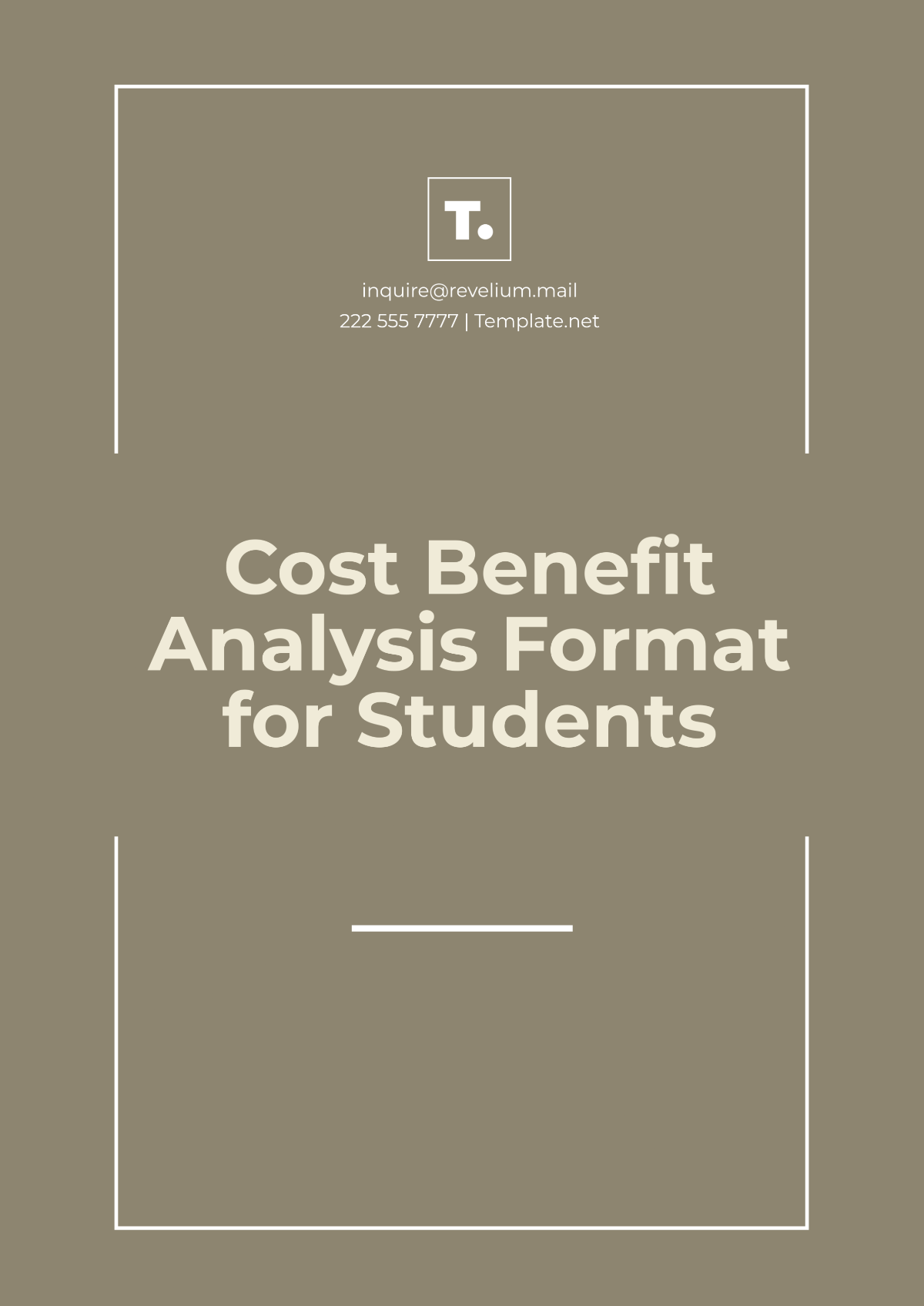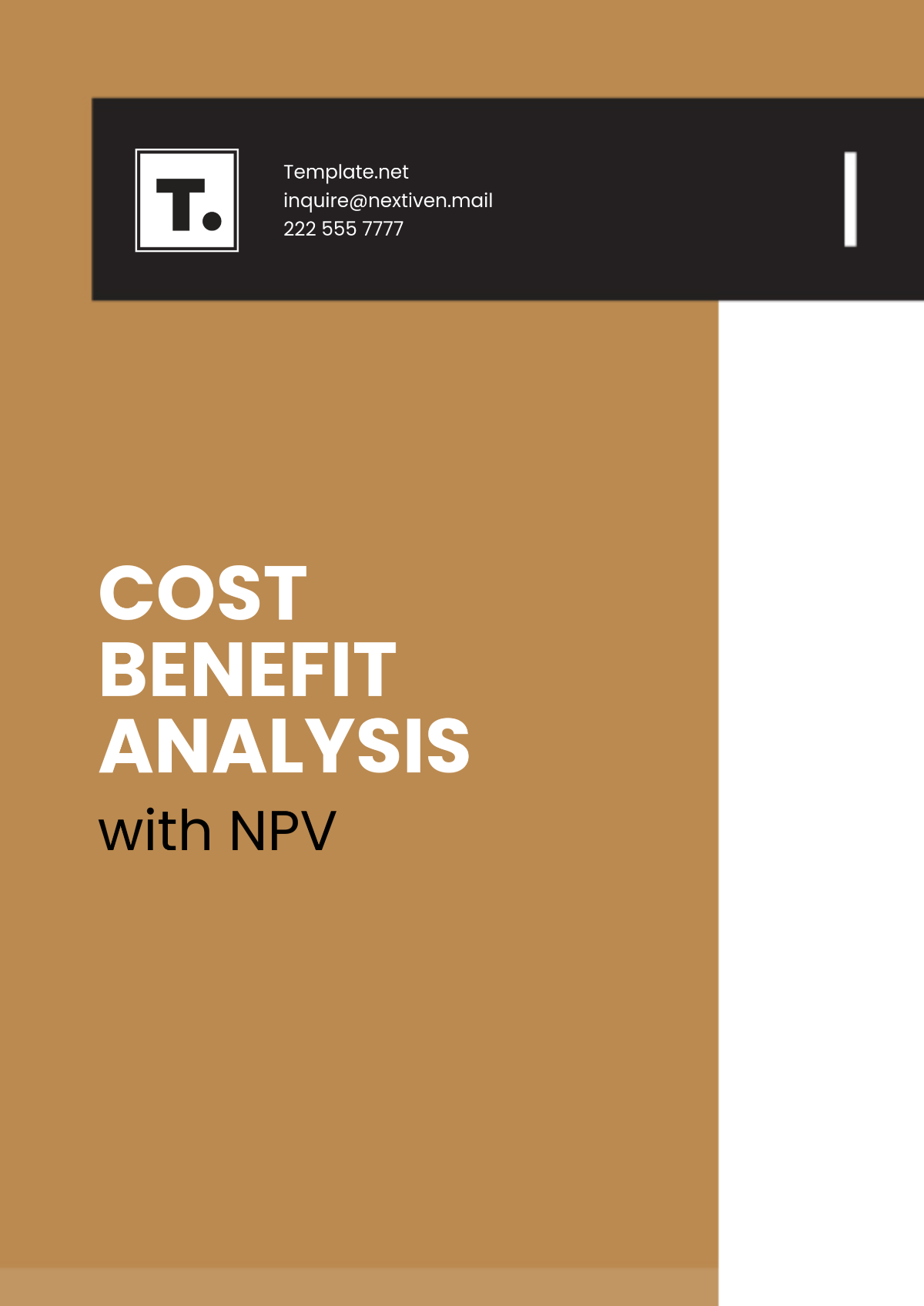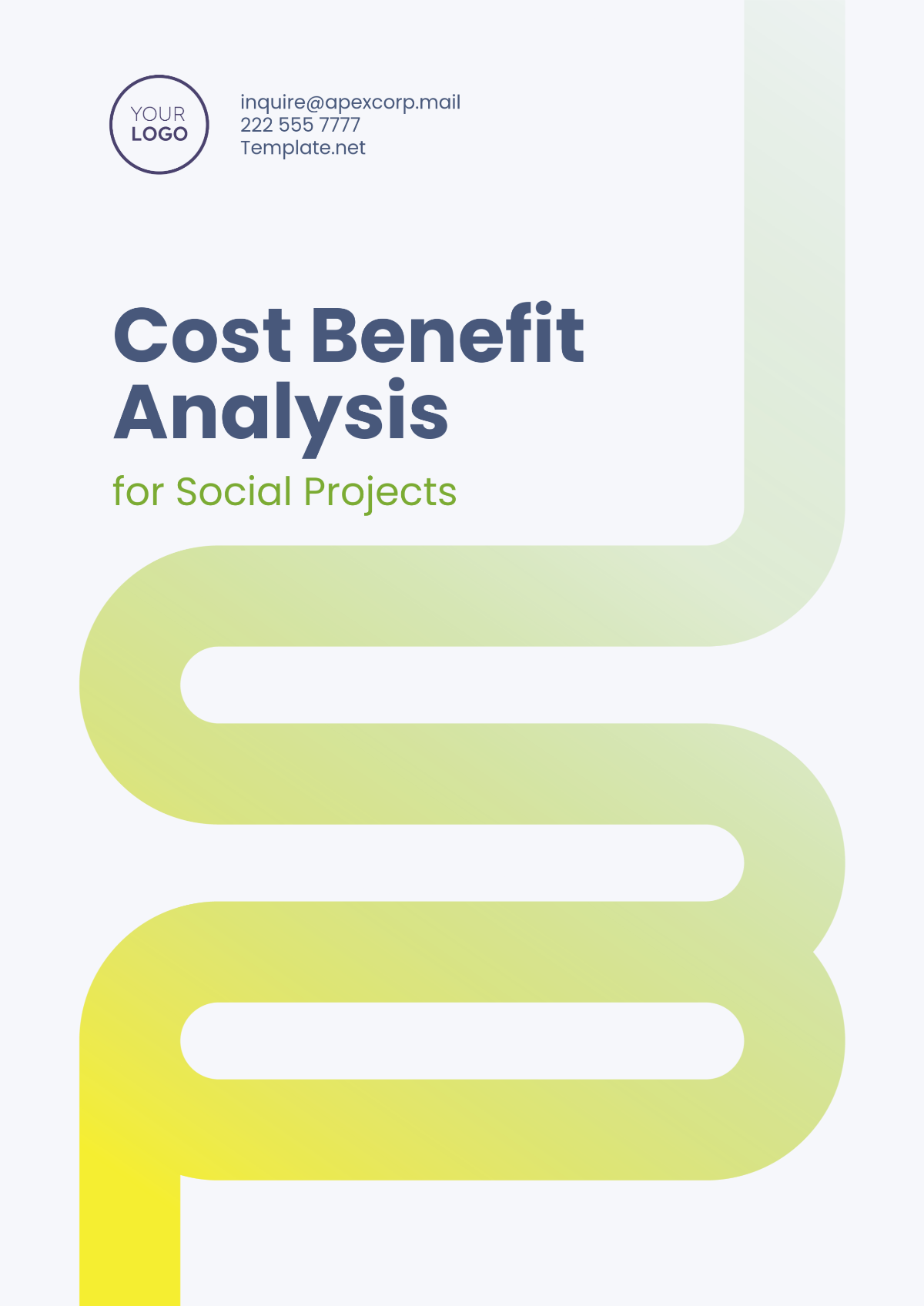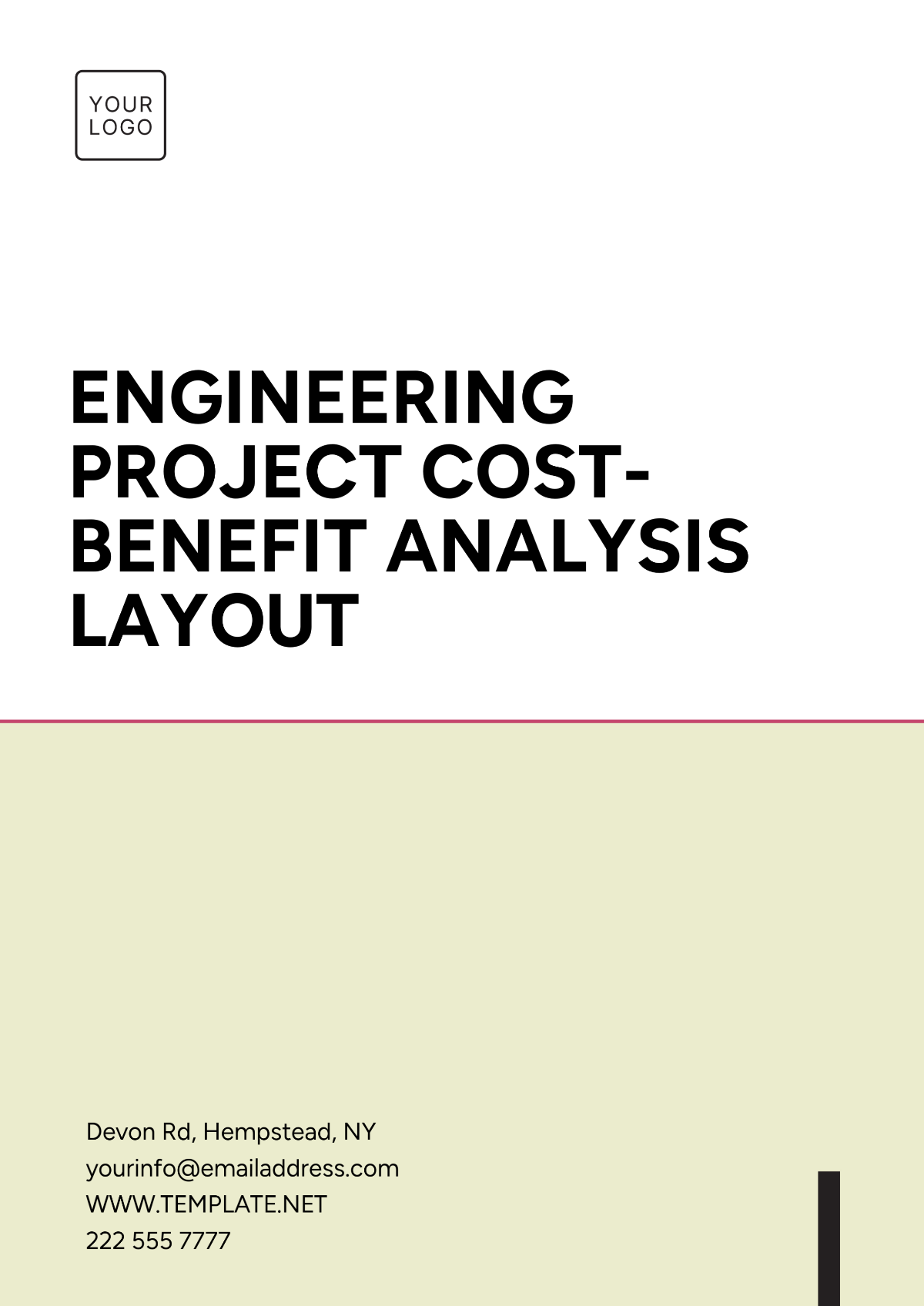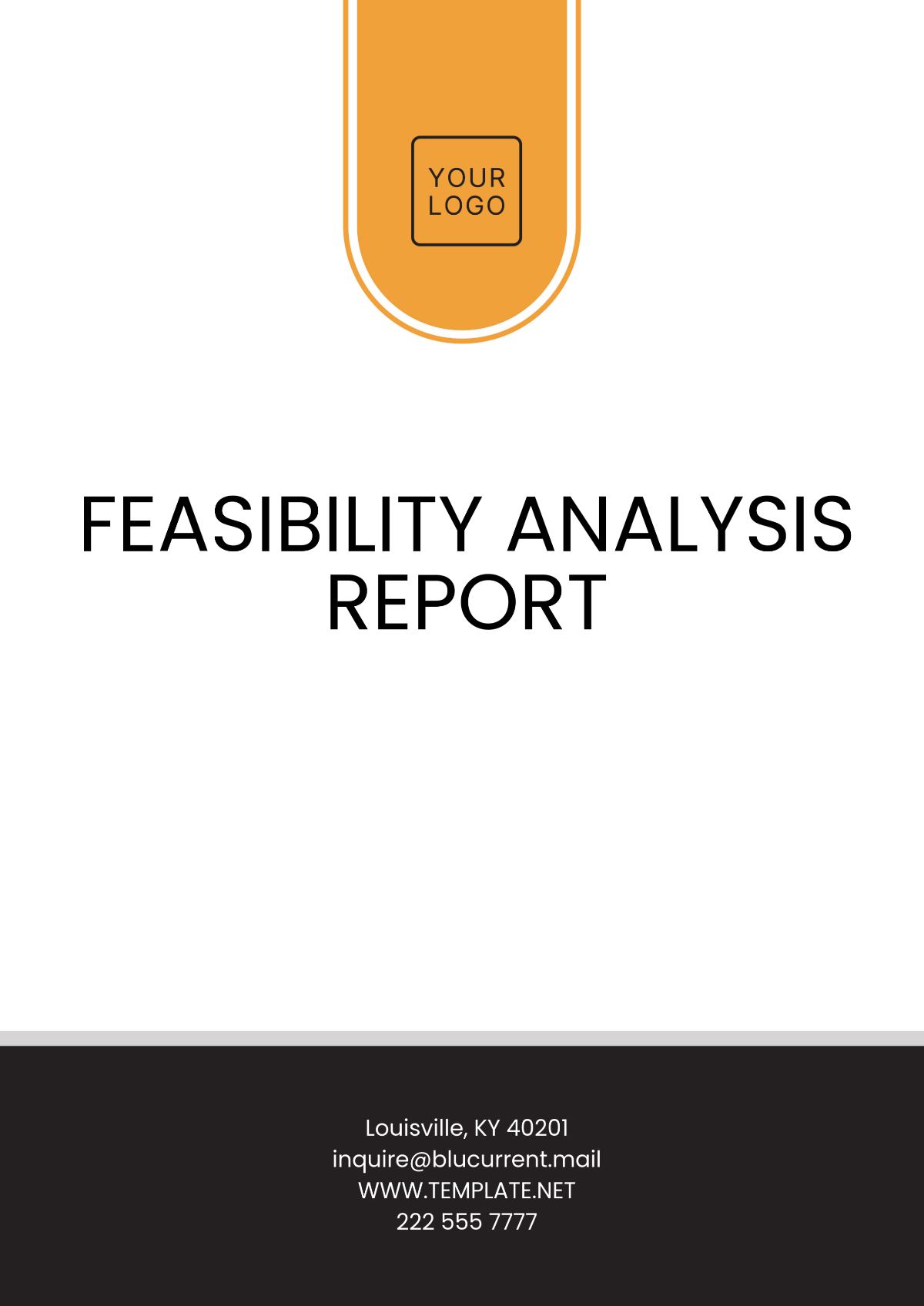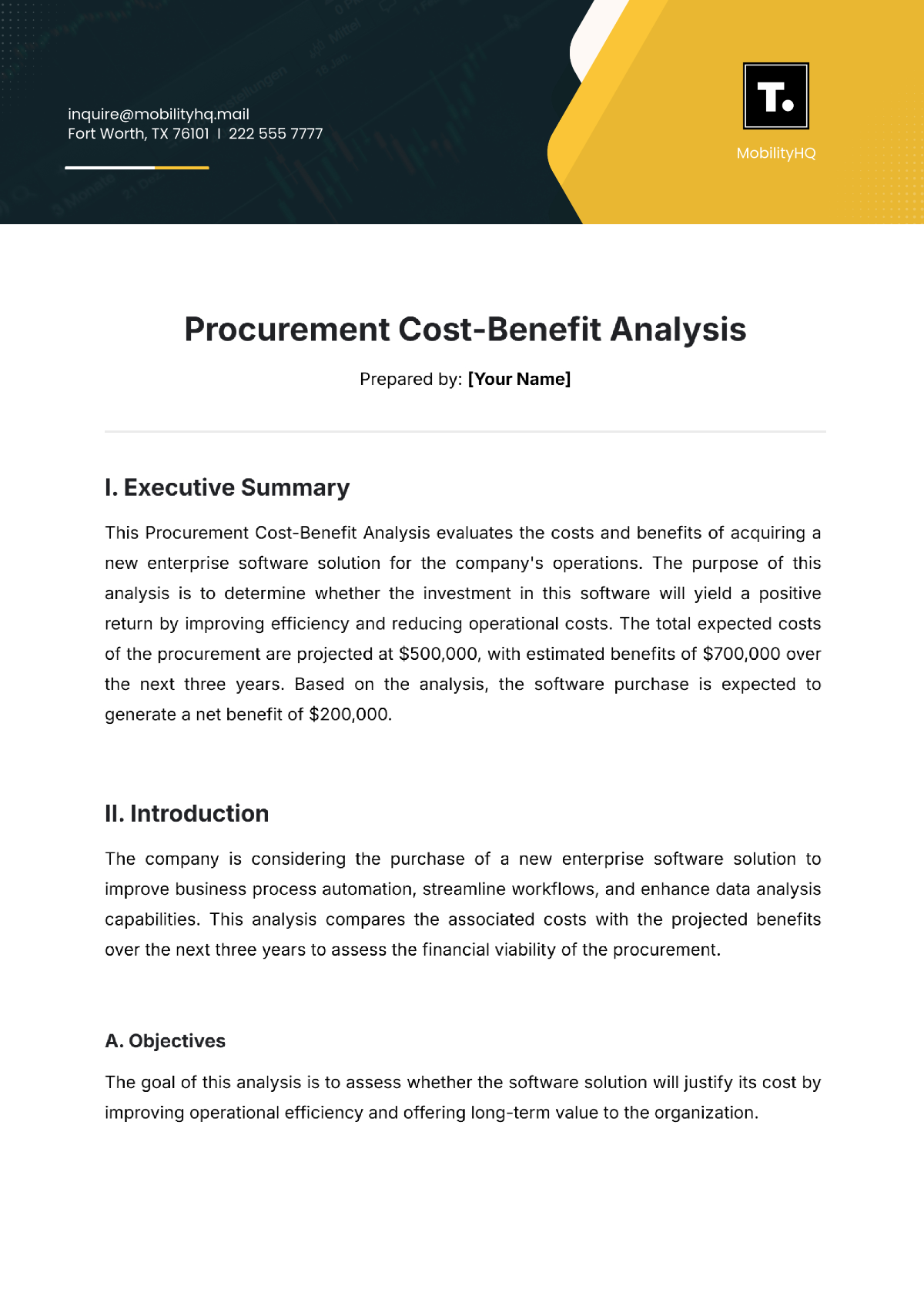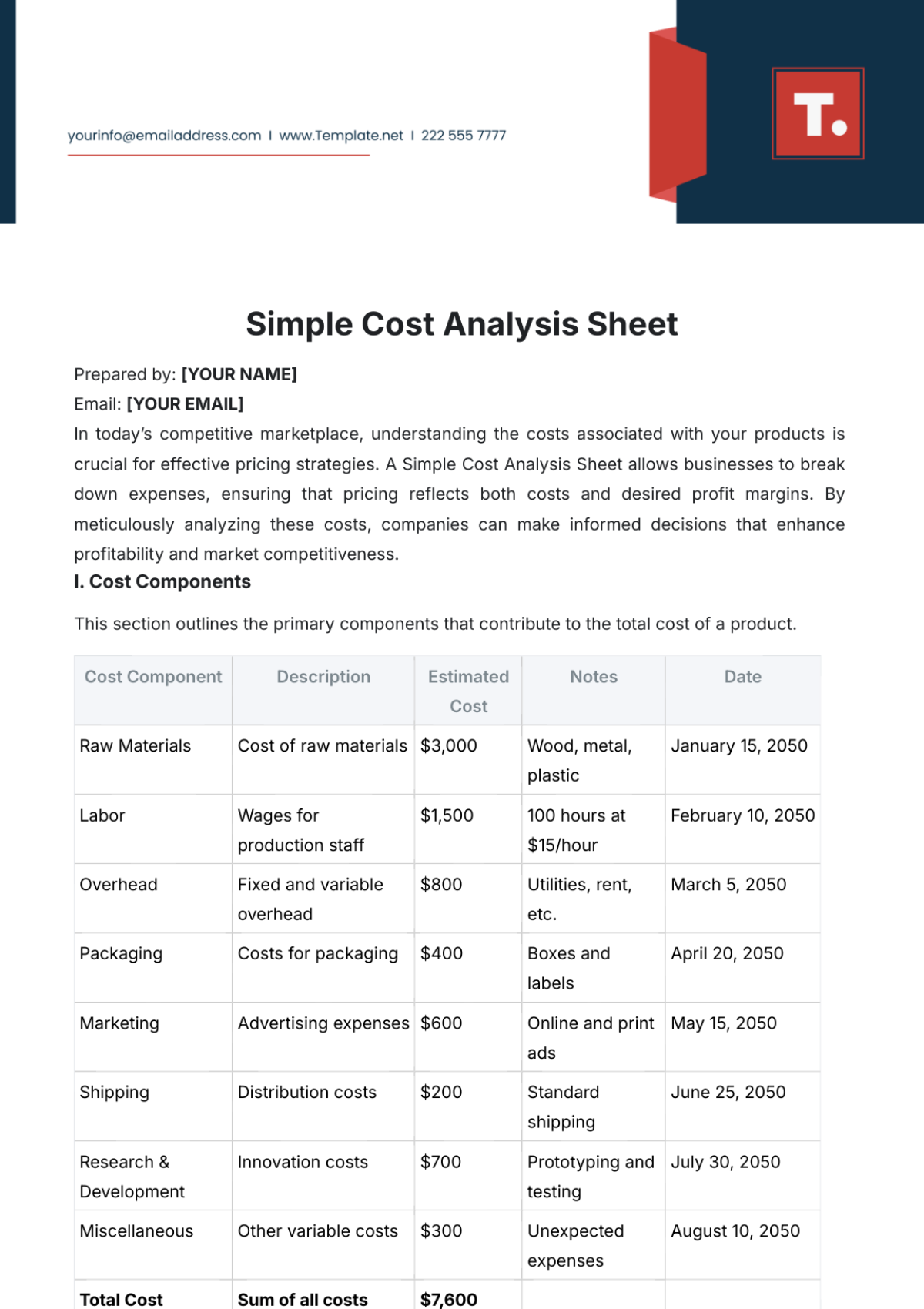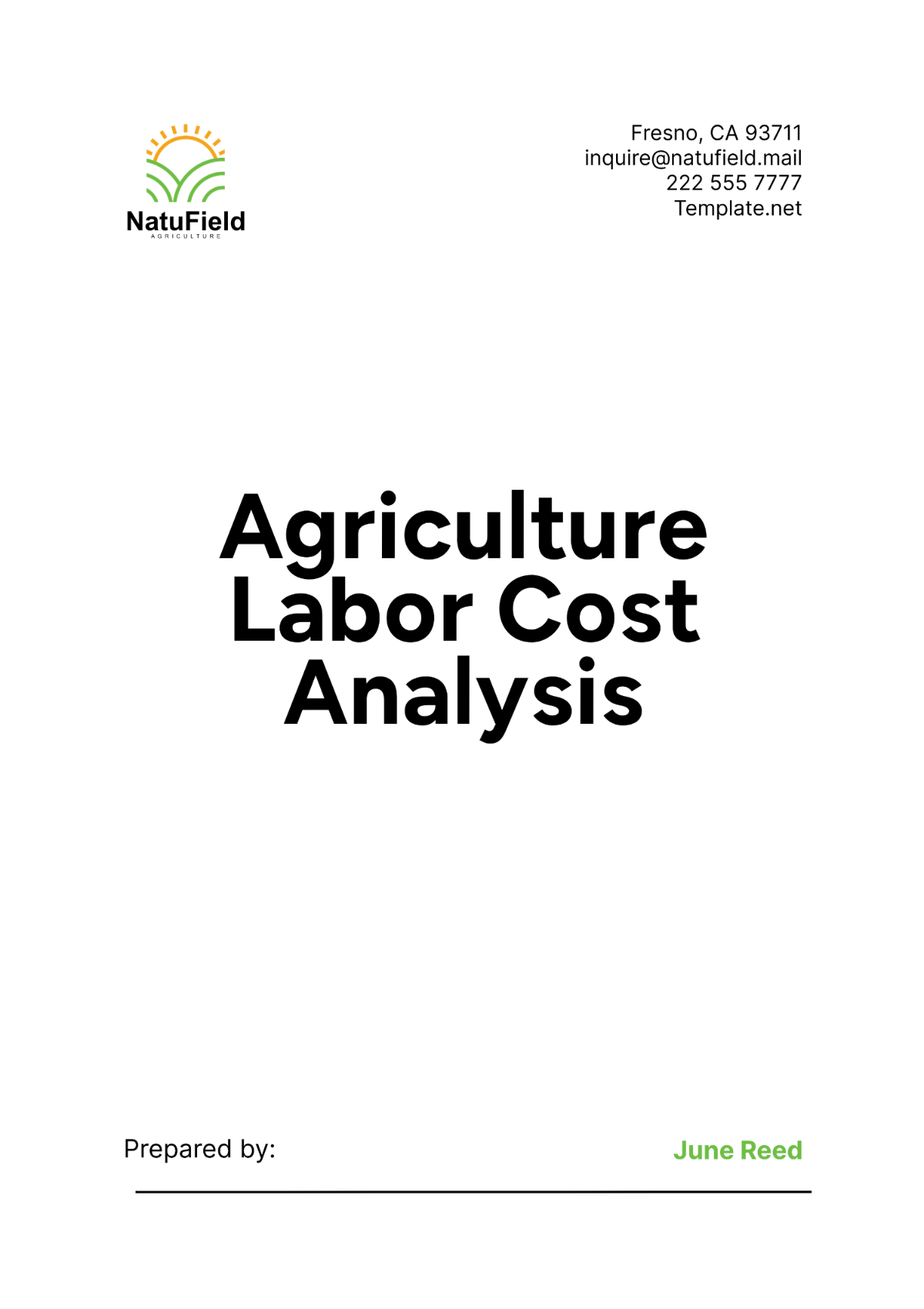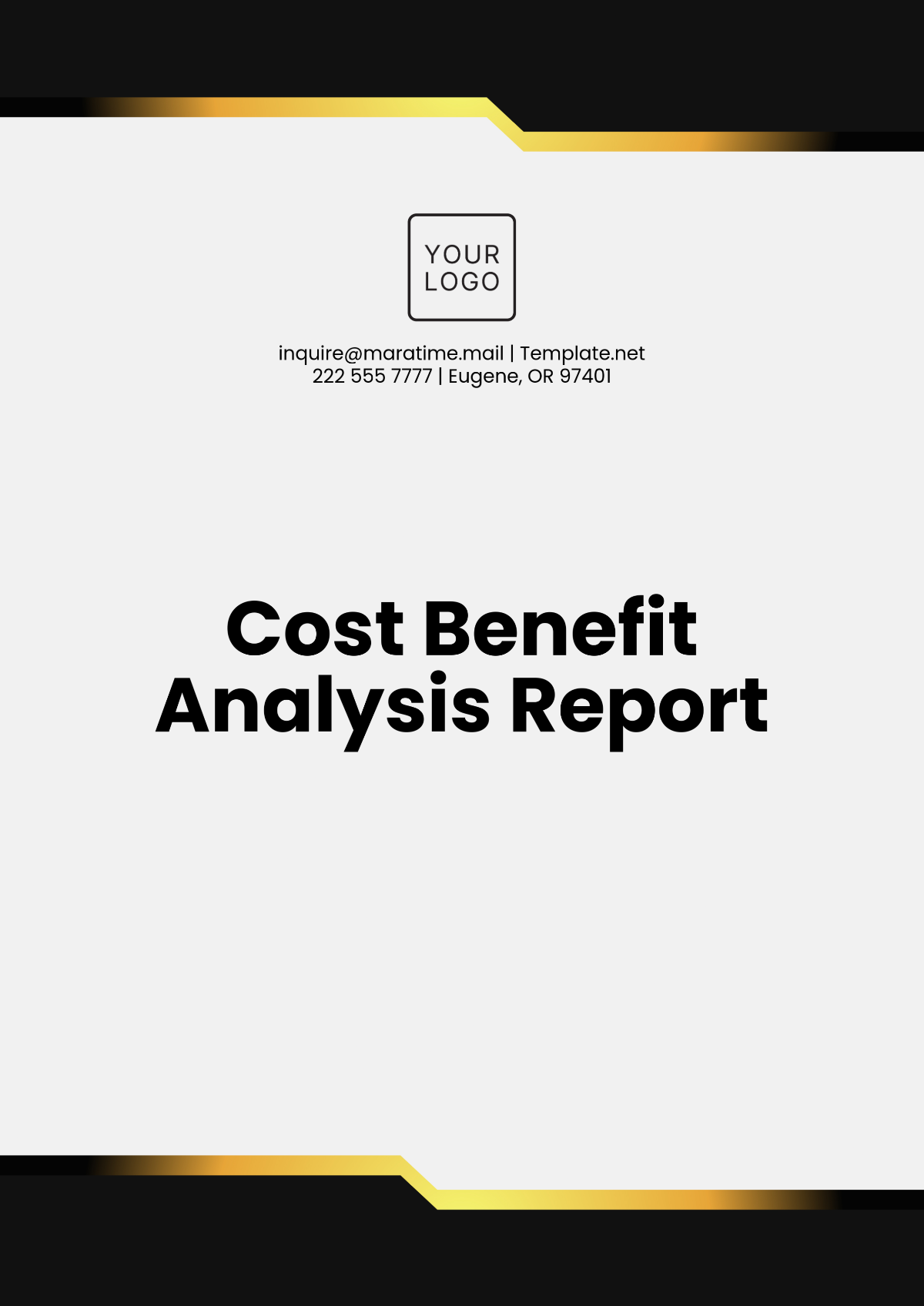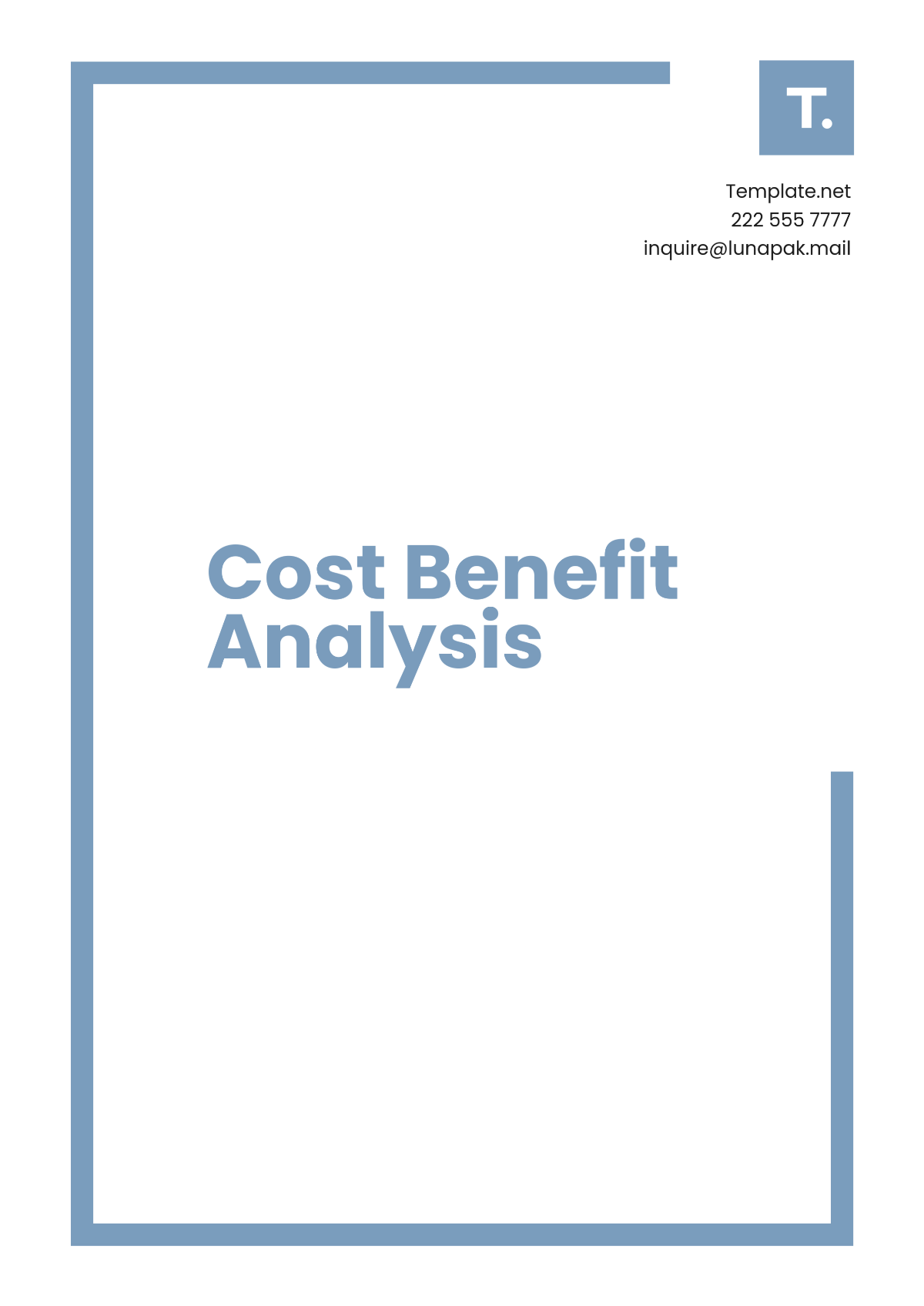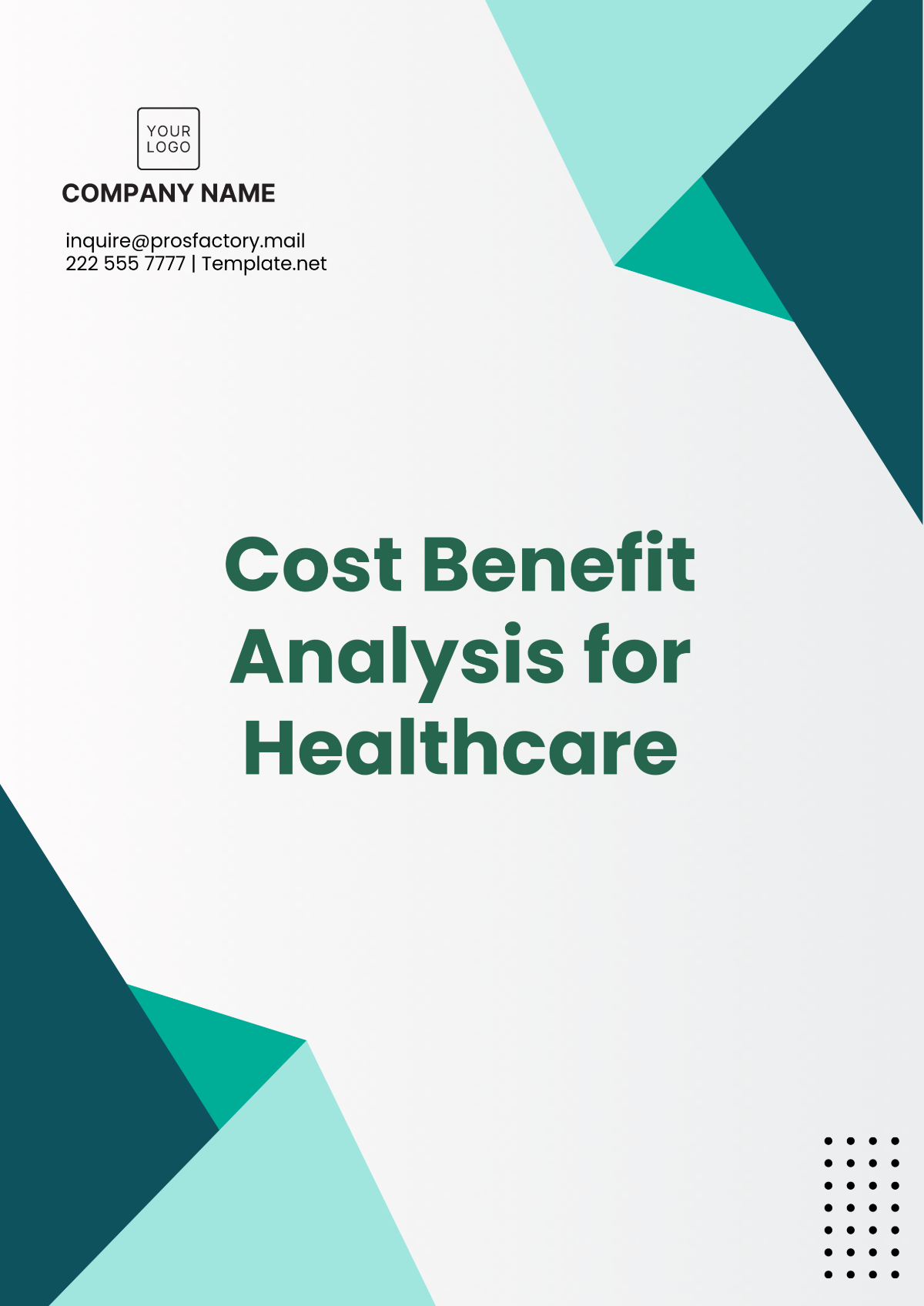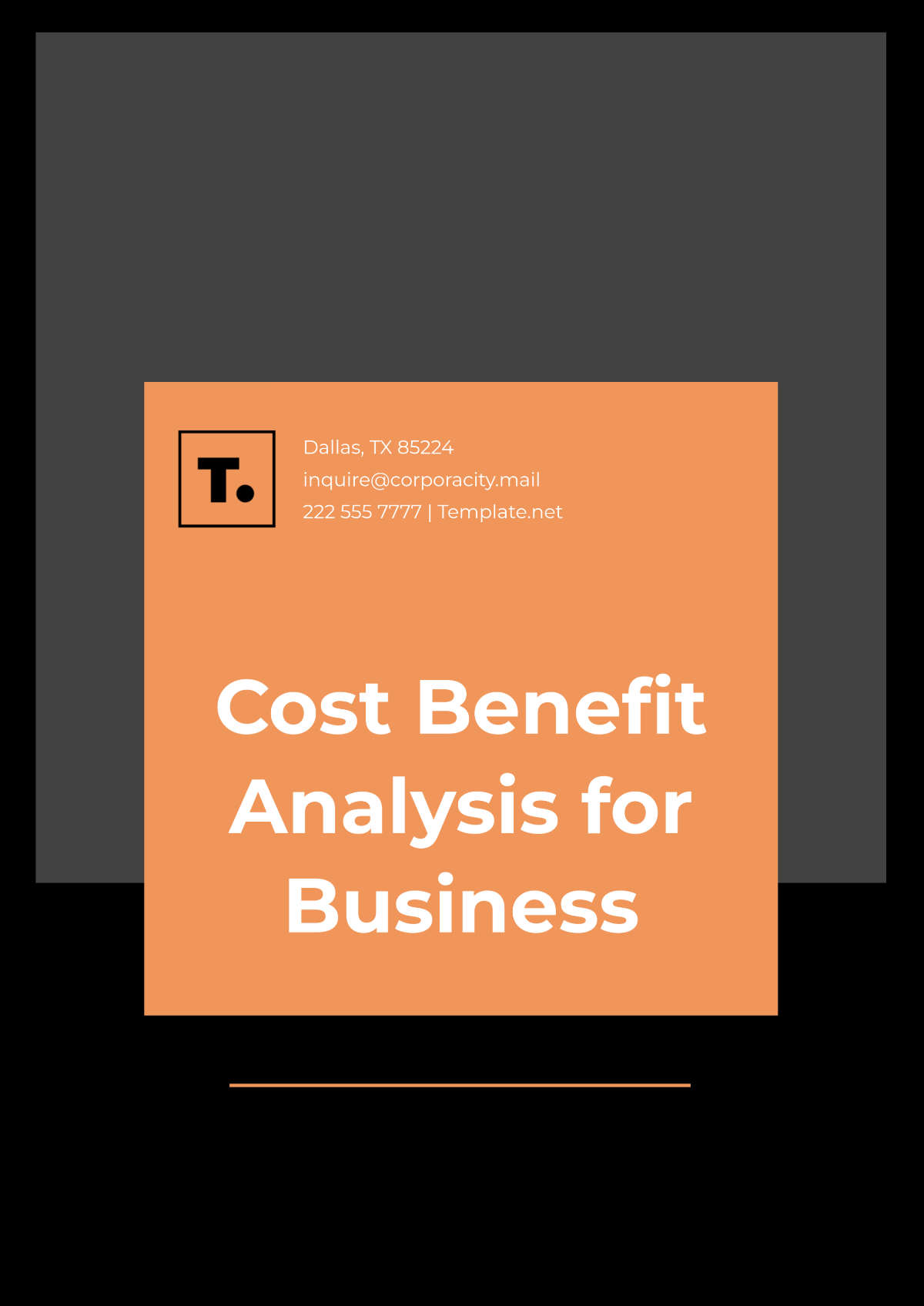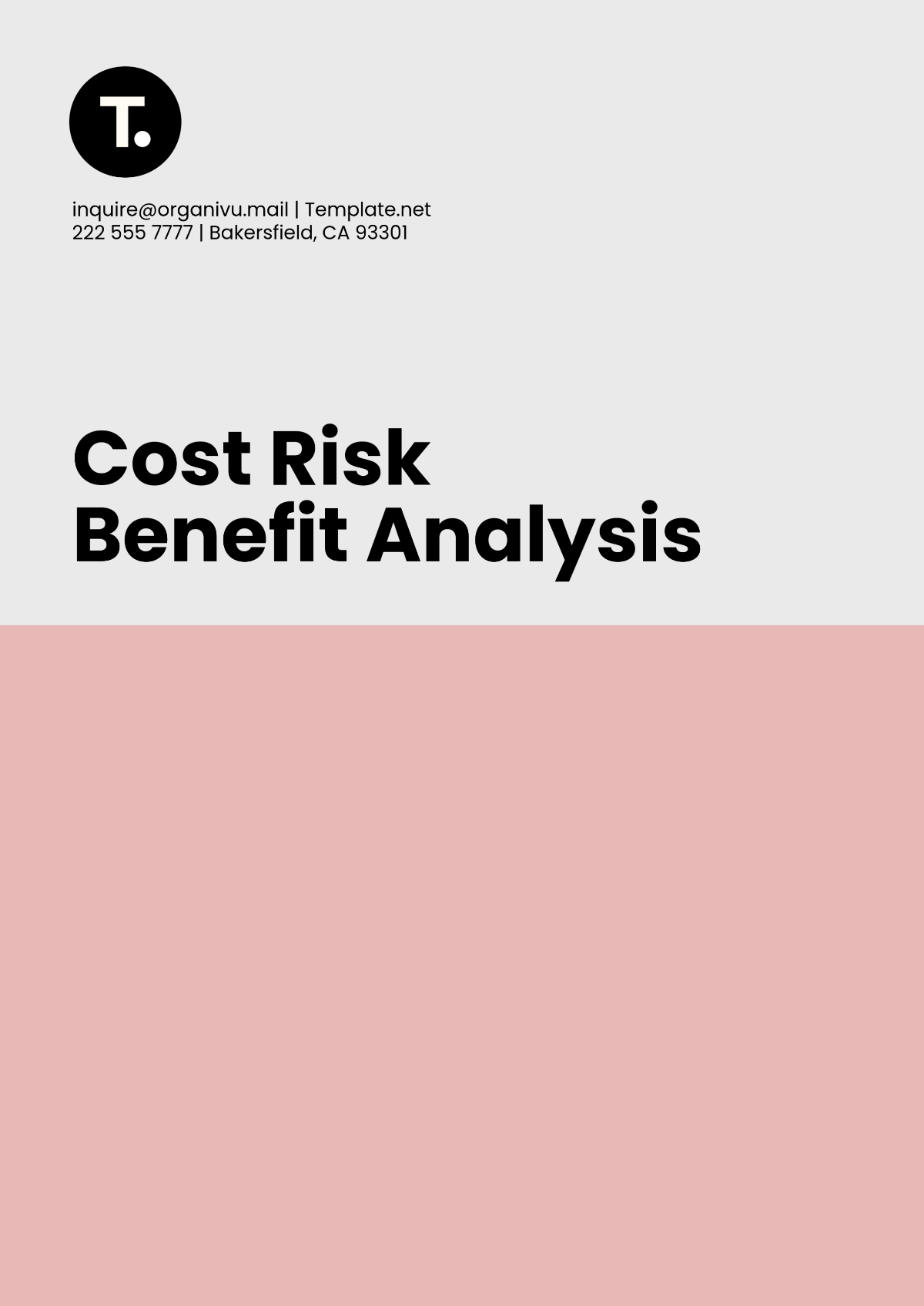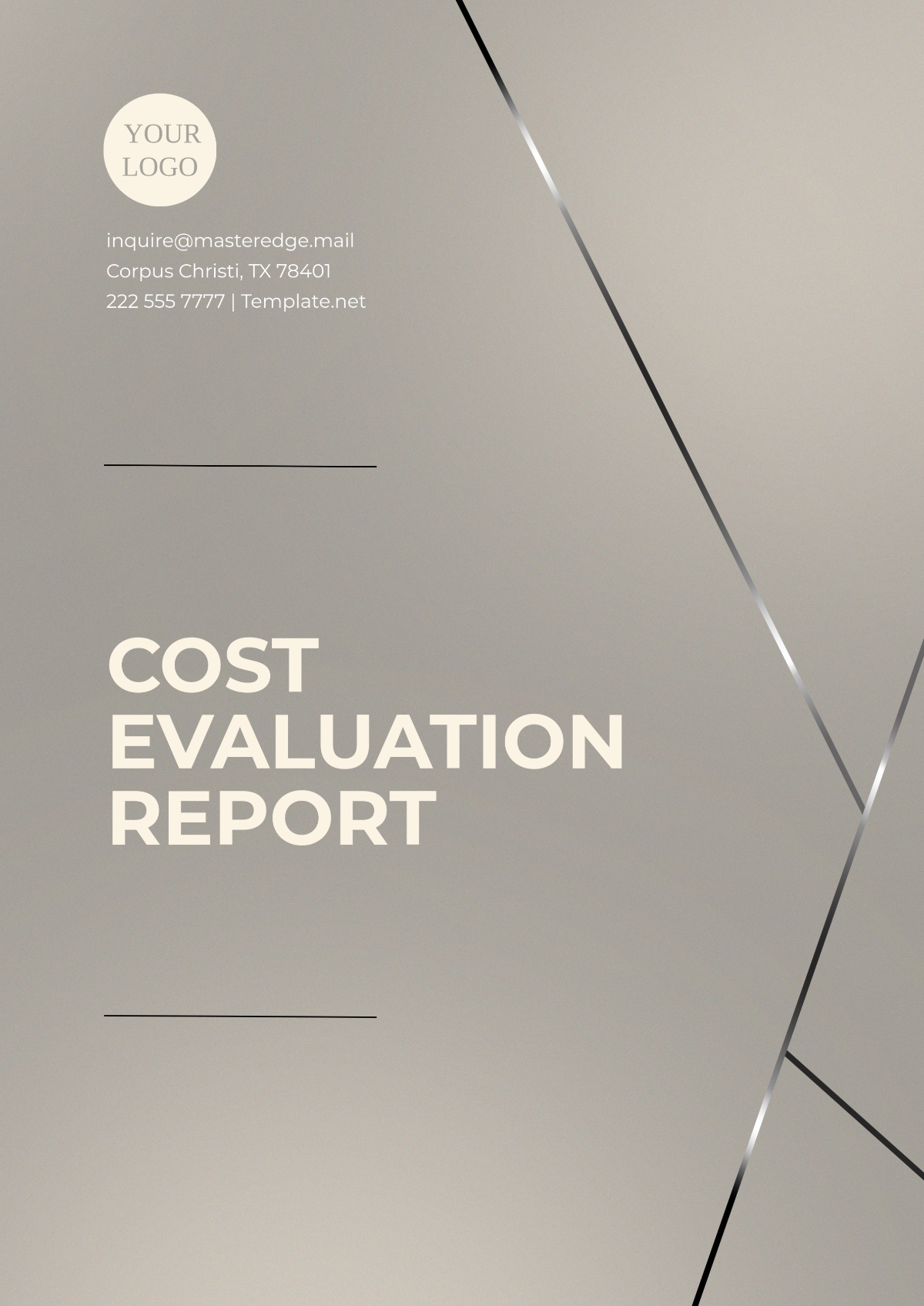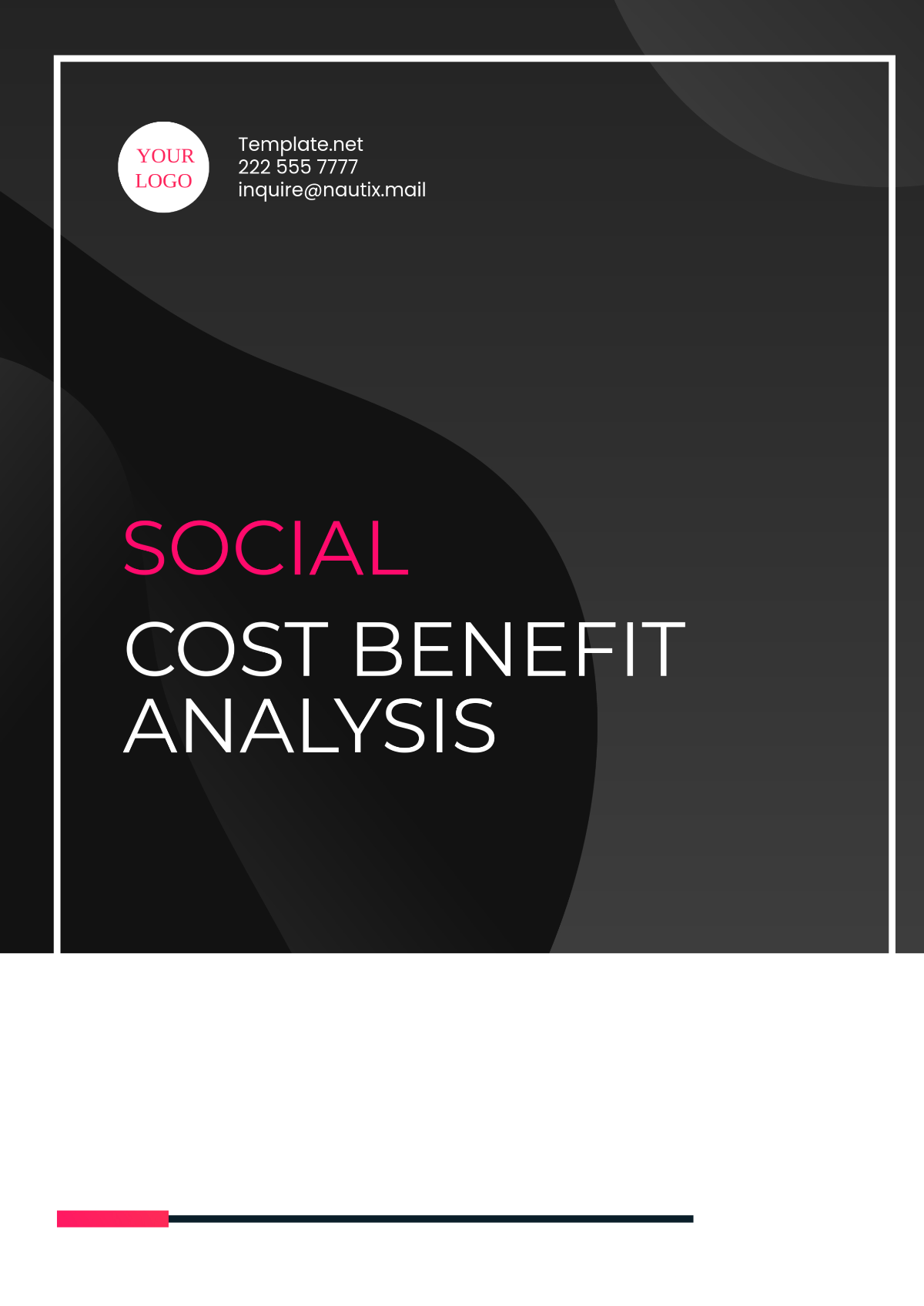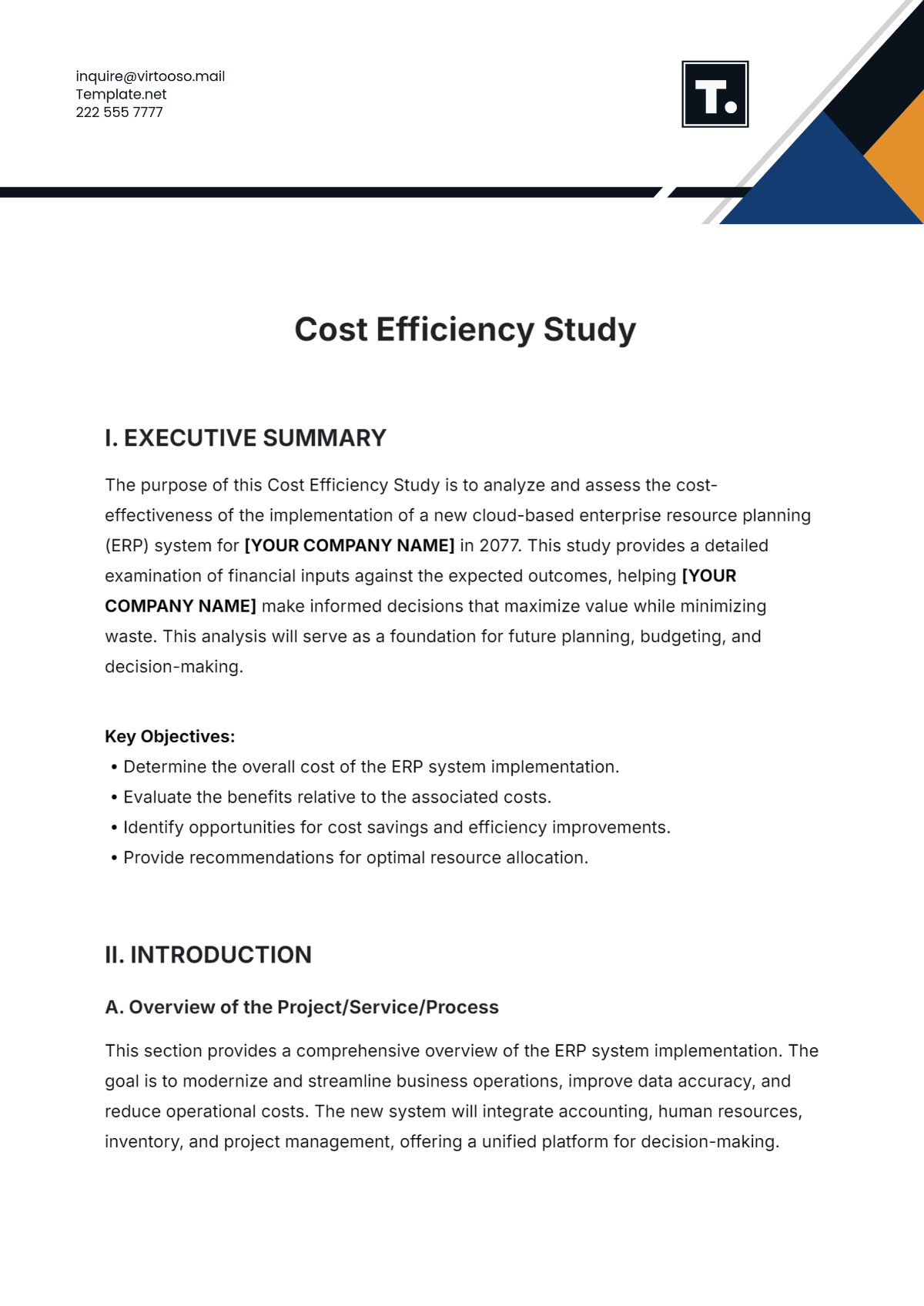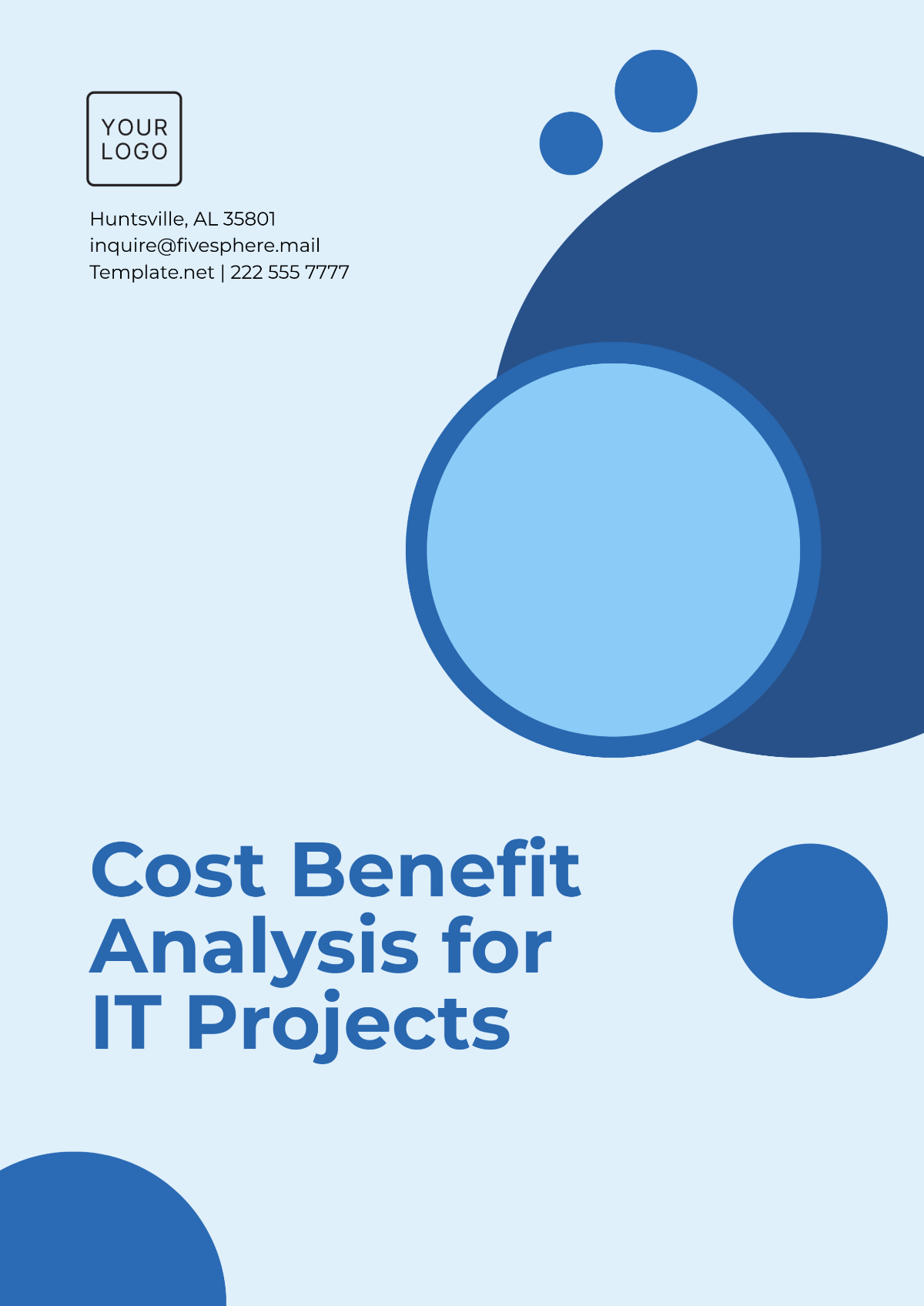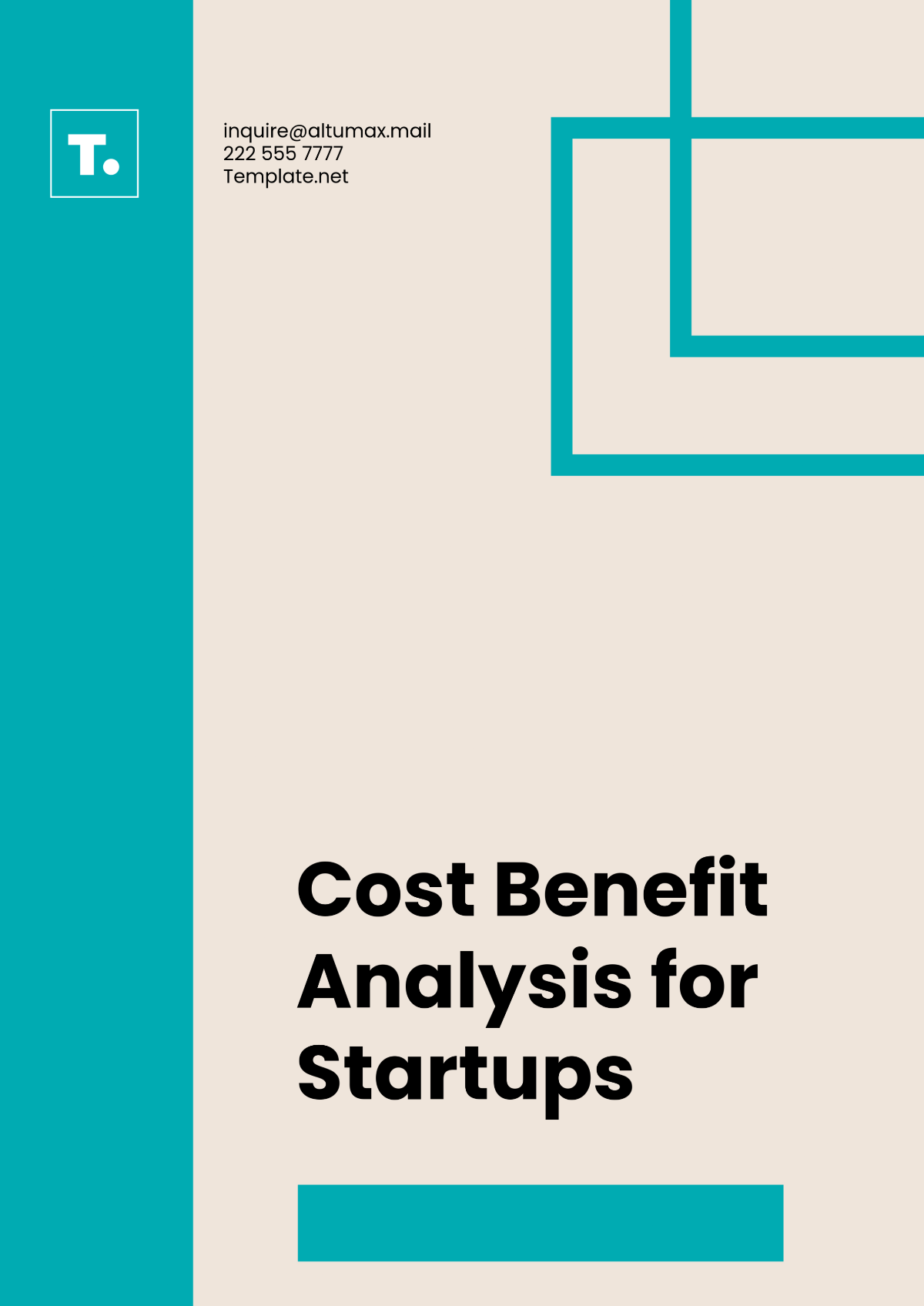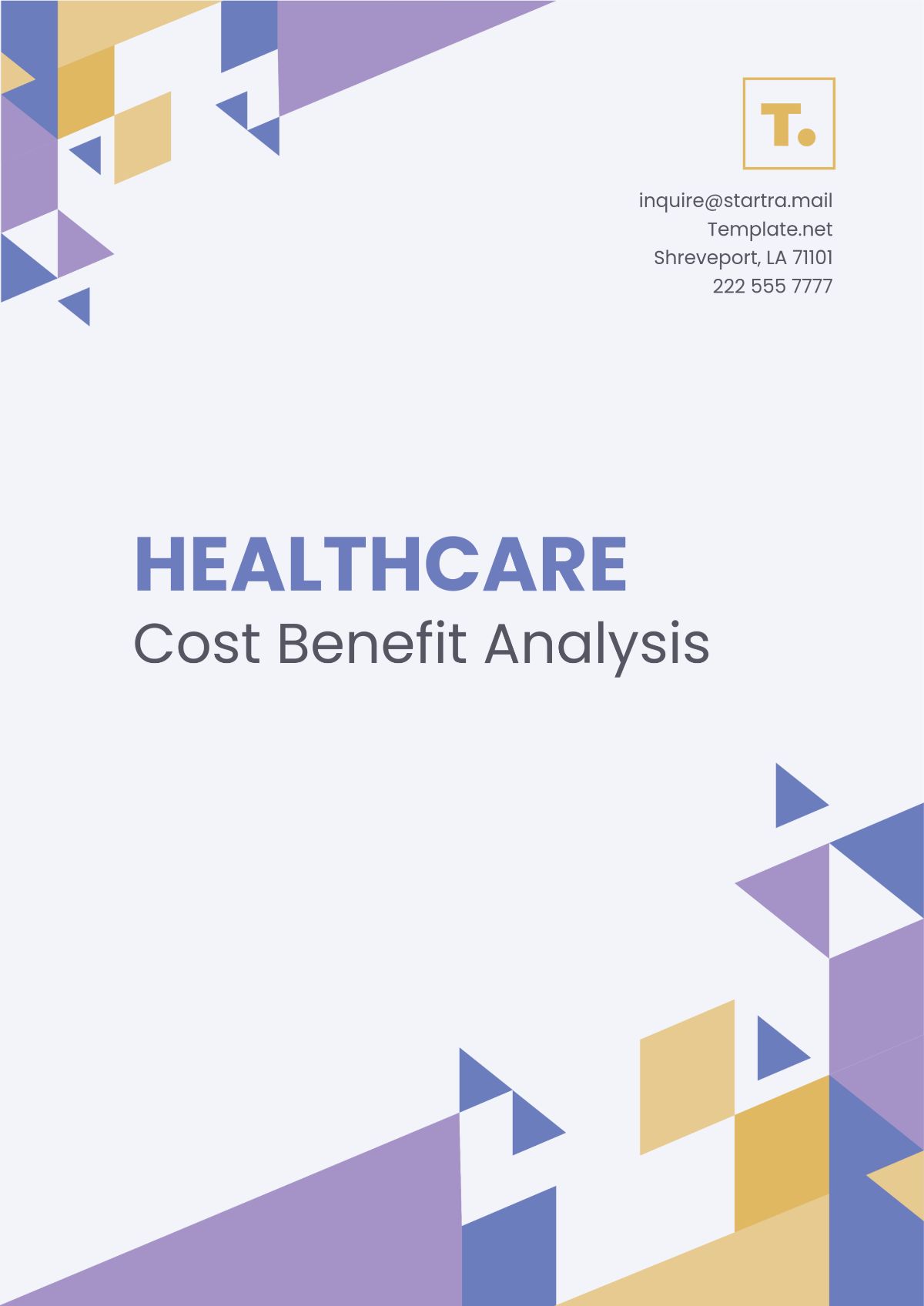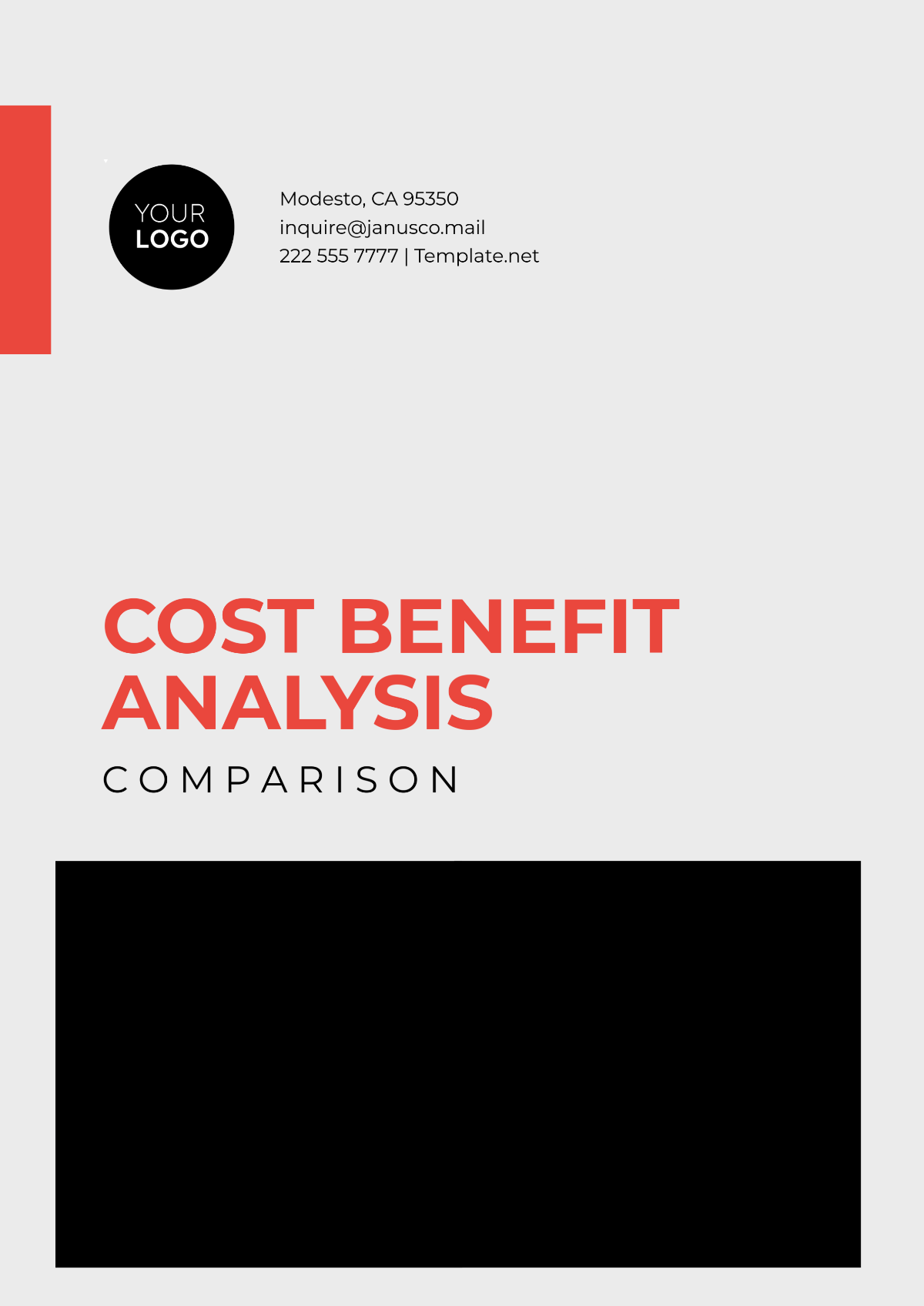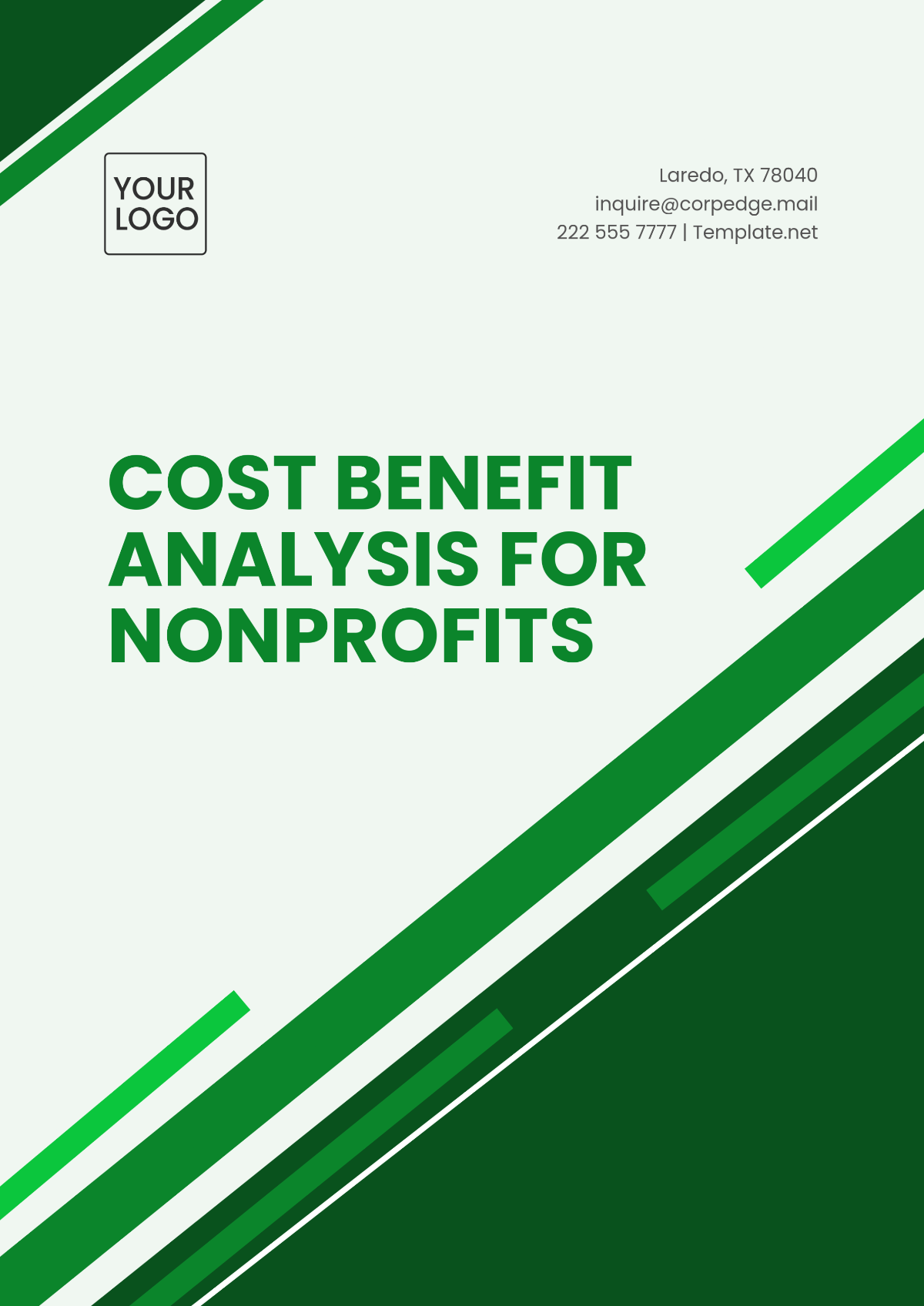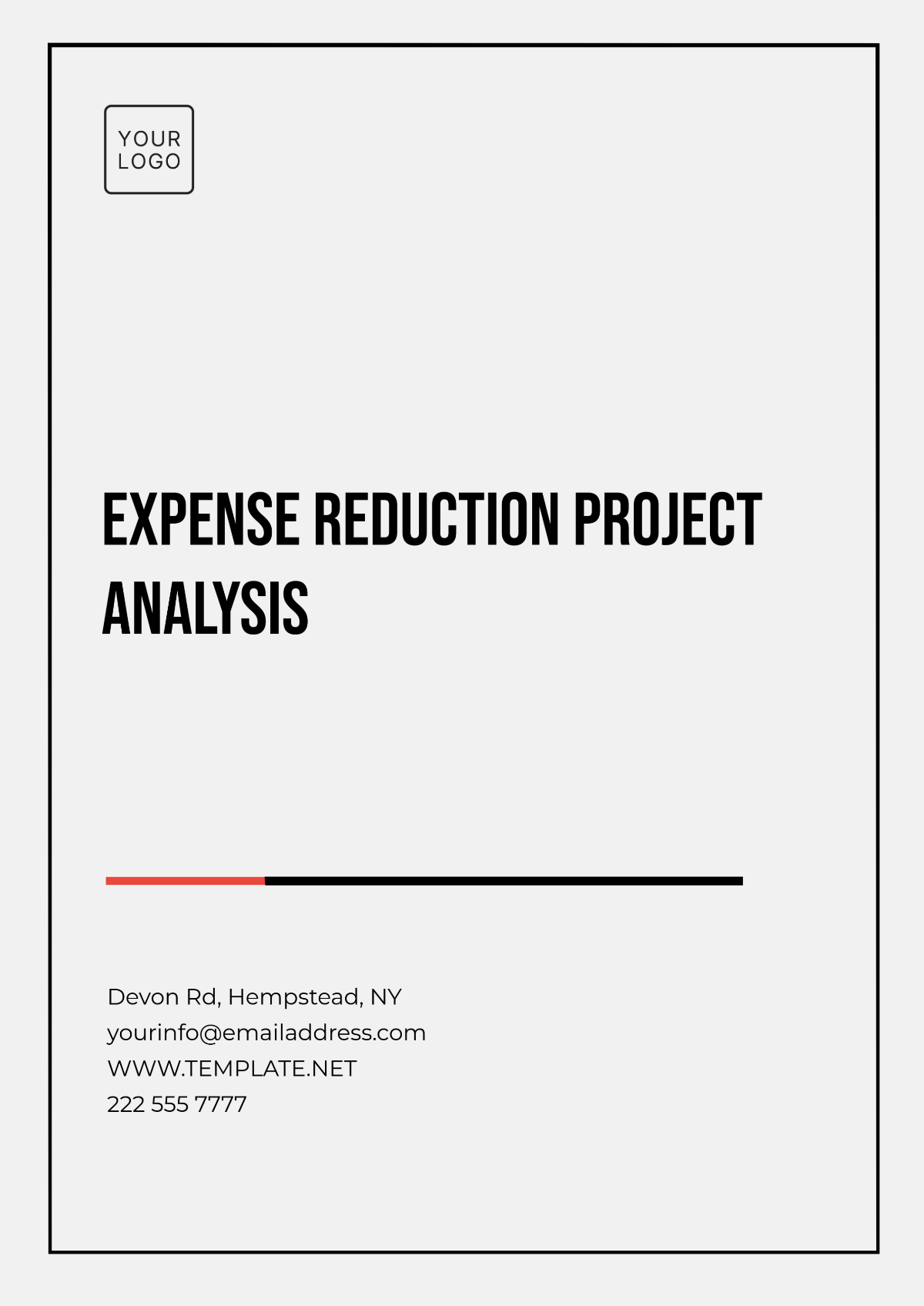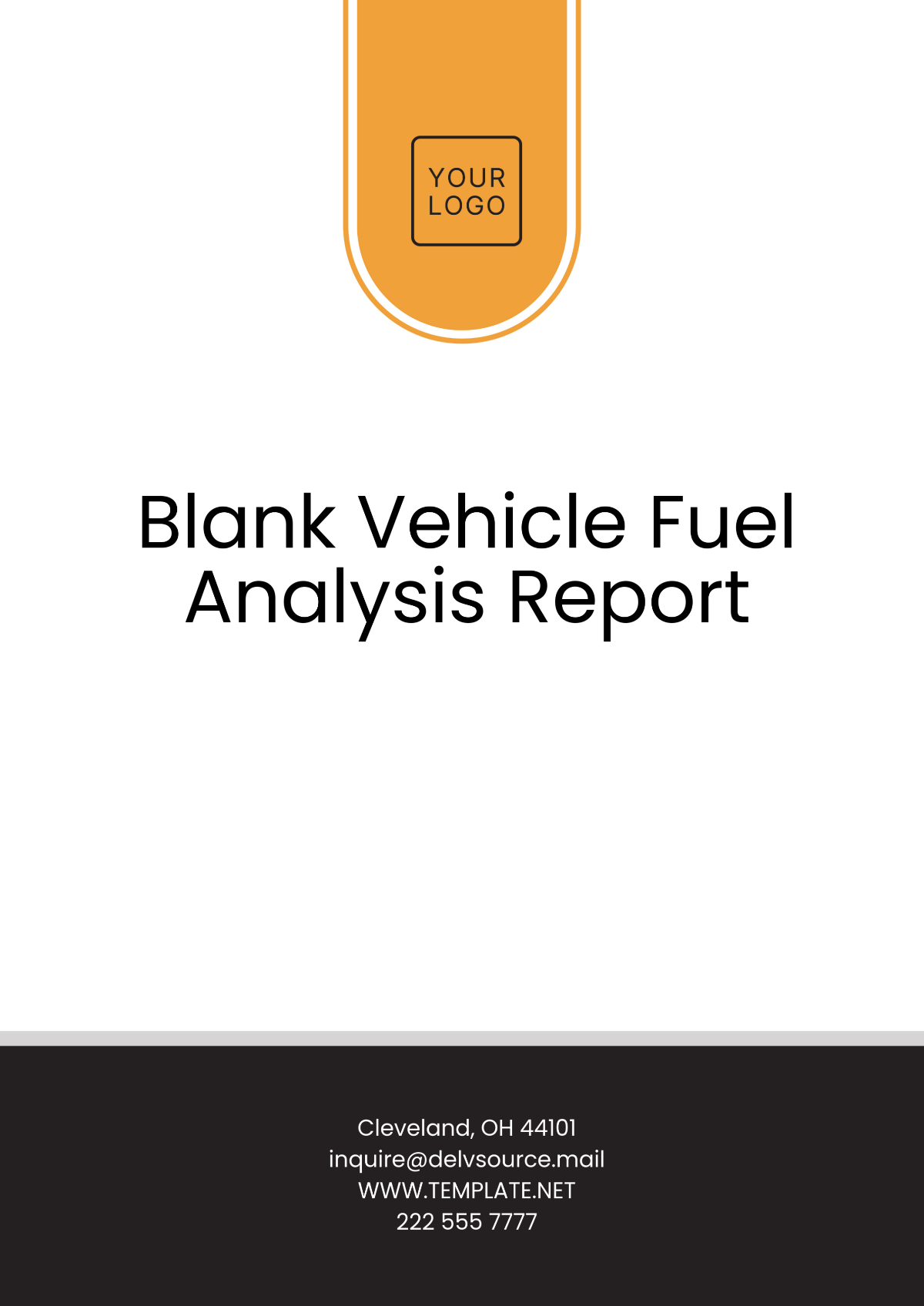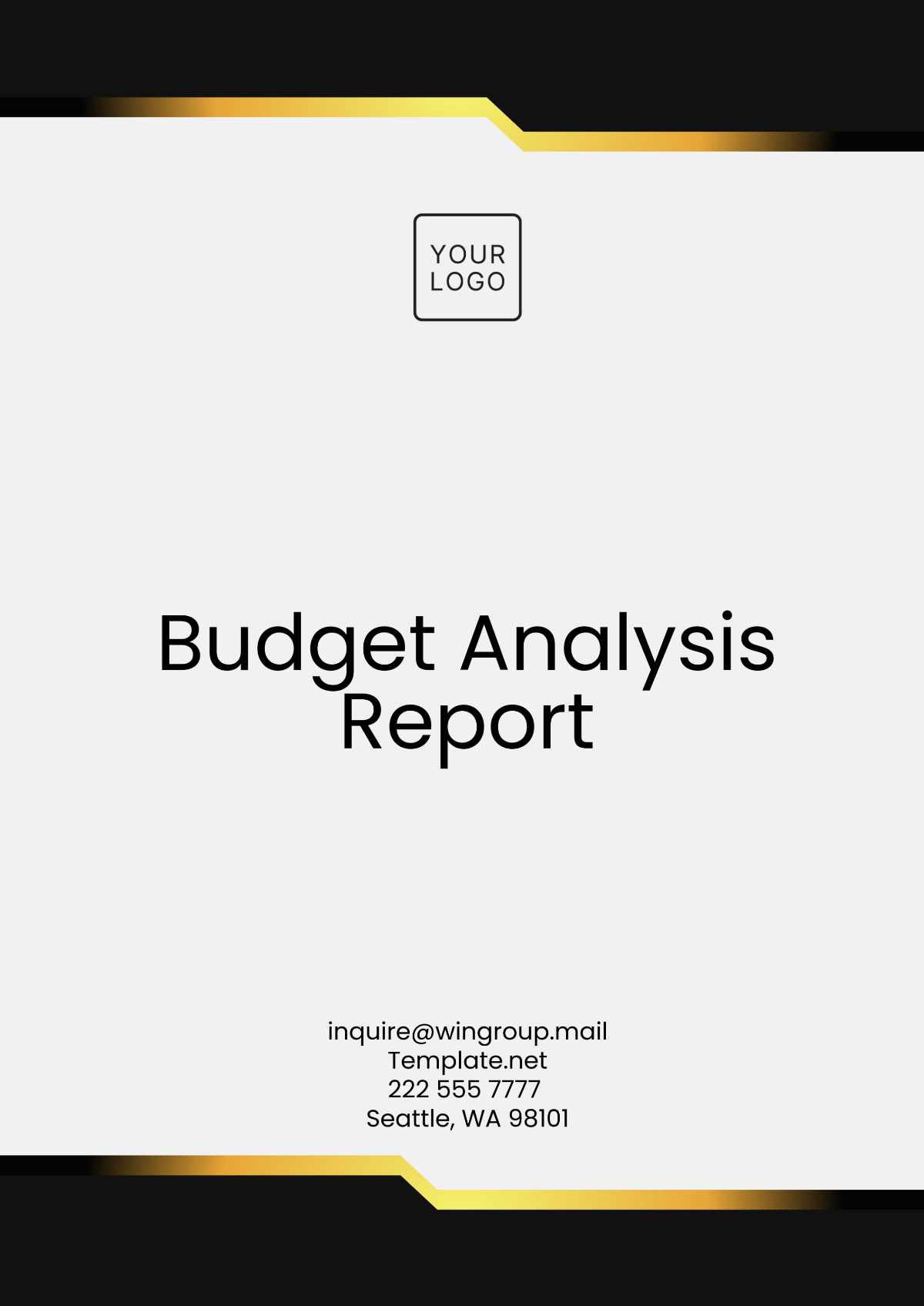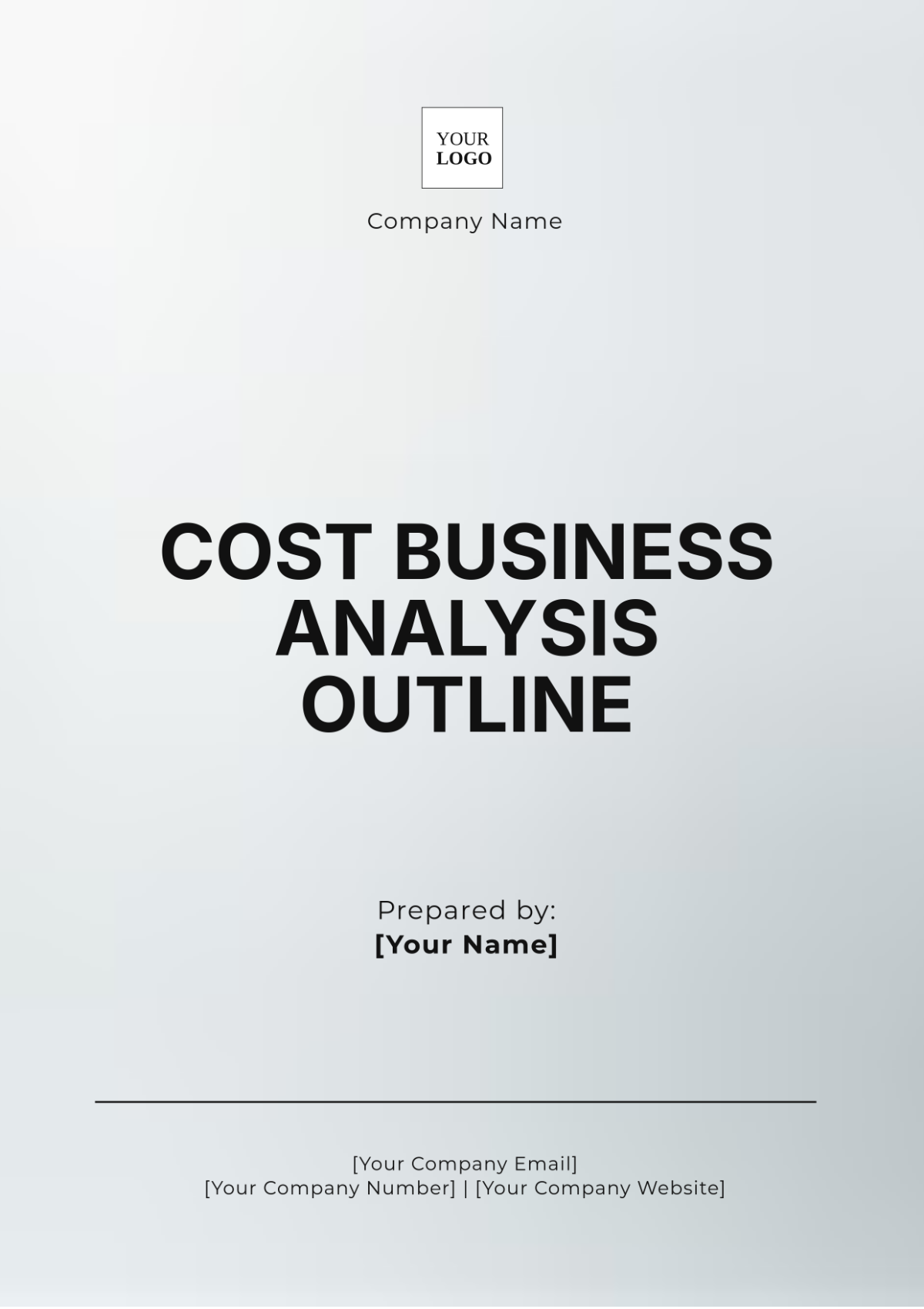Feasibility Analysis Report
Prepared by: [Your Name]
Company: [Your Company Name]
Date: [Date]
1. Introduction
This feasibility analysis report provides an in-depth assessment of the proposed project to determine its viability. The study evaluates the technical, economic, legal, operational, and scheduling aspects to guide decision-making. Additionally, it includes an assessment of market feasibility and risk management strategies to provide a comprehensive evaluation. The ultimate aim is to determine whether the project should proceed, be modified, or be rejected.
2. Technical Feasibility
2.1 Overview
The technical feasibility section assesses whether the technology required to support the project is available, reliable, and capable of fulfilling the project's requirements. This involves a detailed analysis of the technologies involved, their current states, and their practical application.
2.2 Technical Requirements
The project will require the following technologies:
Cloud computing infrastructure: Scalable and reliable for hosting applications.
Advanced data analytics tools: Capable of handling large datasets and deriving actionable insights.
Secure online transaction systems: Ensuring user data protection and transaction integrity.
2.3 Technical Challenges
Potential challenges include:
Integration of new systems with existing infrastructure.
Ensuring compliance with cybersecurity regulations.
Maintaining system scalability and efficiency under increased user load.
Addressing potential technological obsolescence and the need for updates.
3. Economic Feasibility
3.1 Cost-Benefit Analysis
This section examines the financial implications and determines if the expected returns justify the investments. The cost breakdown and expected revenue projections are outlined below:
Cost Breakdown:
Cost Item | Projected Cost |
|---|---|
Initial setup costs | $500,000 |
Operating costs (annual) | $150,000 |
Maintenance and support | $50,000 |
Revenue Projections:
Revenue Stream | Projected Revenue (Annual) |
|---|---|
Subscription fees | $300,000 |
Advertising income | $100,000 |
Partnership deals | $50,000 |
3.2 Financial Analysis
Break-even Point: Within two years.
Growth Projection: Significant revenue growth is anticipated in subsequent years due to market expansion and increased brand recognition.
4. Market Feasibility
4.1 Market Analysis
A thorough analysis of the target market has been conducted, focusing on customer needs, competition, and market trends.
Target Audience: Businesses and individual users seeking innovative technology solutions.
Market Trends: Increasing adoption of cloud computing and analytics platforms.
Competitive Advantage: Enhanced user experience, cost-effectiveness, and robust security measures.
4.2 Market Entry Strategy
Aggressive digital marketing campaigns.
Strategic partnerships with key industry players.
Competitive pricing model to capture market share.
5. Legal Feasibility
5.1 Compliance Considerations
Legal feasibility focuses on the legal requirements and constraints of the project. This includes compliance with industry regulations, intellectual property rights, and contracts.
5.2 Regulatory Requirements
Key regulations include:
Data Protection and Privacy Laws: Compliance with GDPR and CCPA.
Intellectual Property Rights and Copyright Laws: Protection of proprietary technology and content.
Industry-specific Regulations: Adherence to standards in relevant domains.
5.3 Legal Assurance
Legal counsel has been consulted to ensure that the project framework adheres to all applicable regulations and contractual obligations. Periodic audits will be conducted to maintain compliance.
6. Operational Feasibility
6.1 Operational Planning
Operational feasibility assesses the capability of the organization to support the proposed system. This involves evaluating the internal resources and skills available to implement and maintain the project.
6.2 Resource Availability
The project team will consist of experts from various departments, including:
Software Development: To build and maintain the system.
Marketing and Sales: For market penetration and customer acquisition.
Customer Support: To address user queries and ensure satisfaction.
6.3 Training and Development
Comprehensive training programs will be initiated to ensure team members possess the necessary skills and knowledge for project implementation and maintenance.
7. Scheduling Feasibility
7.1 Timeline Overview
Scheduling feasibility considers the project’s timeframe and whether the proposed schedule is realistic. An efficient timeline will be crucial to ensure timely delivery without compromising quality.
Project Timeline:
Phase | Duration | Completion Date |
|---|---|---|
Planning | 3 months | March 2050 |
Development | 6 months | September 2050 |
Testing | 2 months | November 2050 |
Deployment | 1 month | December 2050 |
8. Risk Management
8.1 Risk Identification
Potential risks include:
Technical Risks: System failures, data breaches.
Market Risks: Changing customer preferences, new competitors.
Operational Risks: Resource shortages, skill gaps.
8.2 Mitigation Strategies
Technical Risks: Regular system audits, implementation of robust security measures.
Market Risks: Continuous market research, agile marketing strategies.
Operational Risks: Recruitment of additional resources, ongoing training programs.
9. Conclusion
The feasibility analysis conducted indicates that the project is technically, economically, legally, operationally, and schedule-wise viable. The inclusion of a robust market entry strategy and proactive risk management ensures a solid foundation for success. With proper resource allocation and continuous monitoring, the project is poised to meet its objectives. Adjustments may be necessary as unforeseen challenges arise, but the overall outlook remains positive.

